Viltrox Pro AF 75mm F1.2 E-Mount Review
Dustin Abbott
July 28th, 2023
8 months ago I gave a glowing review of the Fuji X-mount version of the Viltrox Pro AF 75mm F1.2. It was a stunningly good lens that managed to deliver next level improvements to the build and optics. I knew then that a Sony E-mount version of the lens was inevitable, and it has finally arrived. In what has become typical Viltrox fashion, it’s not the same lens ported over, however, but Viltrox has managed to deliver some key improvements that makes the Sony E-mount version even better than the Fuji version was. This includes some new features like the ability to declick the aperture, a focus hold button, and their stylish new orange/red weather sealing gasket that they debuted on the amazing Viltrox AF 16mm F1.8 full frame lens (my review here).
The Viltrox Pro AF 75mm F1.2 (hereafter referred to as the Pro 75E to distinguish the Sony version) is the first in their new series of “Pro” lenses, with a rumored 27mm F1.2 soon to follow. The Pro series has a more upscale build and feature set along with truly premium options. The Pro 75E is an APS-C lens, so the crop factor of the camera it is mounted on will affect its apparent aperture. Sony’s E-mount has a crop factor of 1.5 which will make the lens behave something like 115mm on a full frame camera – a very, very intriguing focal length for portrait work, particularly with that extremely wide maximum aperture. There isn’t really any true competition for this lens on Sony, as dedicated portrait telephoto lenses with fast maximum apertures for APS-C just haven’t existed. You will love the Pro 75E; it has the ability to just crush backgrounds.
The only thing that held the Fuji version of the lens back was that the autofocus was only so-so (it has since been improved via firmware), but this new Sony version has the advantages of A) having had that additional development time to perfect the AF and B) the fact that Sony’s autofocus is better than Fuji’s at this point, particularly since my “APS-C” camera on Sony is the APS-C crop mode of the amazing Sony a7RV. It’s 26MP in APS-C mode matches that of the new Sony a6700 but with the superior ergonomics and autofocus of Sony’s bigger full frame bodies. I was blown away with how much better autofocus was on the new Sony version, particularly with action sequences. I could easily pick out a bird in flight at F1.2…and look at how amazing the results are!
Viltrox claims near APO levels of correction for chromatic aberrations, which I’ve definitely verified to be true. That’s extremely impressive in a lens with this wide of an aperture. This Pro 75E has a tremendous amount of “bite” even at F1.2, and at its best the lens produces images that look much, much more expensive than the price tag suggests.
It seems absurd to say, but the last few lenses from Viltrox have left me with as much anticipation for their new releases as any brand out there, and part of that is that they continue to deliver incredible value. The MSRP of the Pro 75E as it comes to market is $549USD (though if you buy it from the Viltrox store and use code DUSTINABBOTT you can get 10% any Viltrox product, including this lens), which makes this lens an absolute bargain relative to the performance. The Viltrox Pro AF 75mm F1.2 in Sony E-mount isn’t quite perfect, but it is as about as close as it gets. If you prefer to watch your reviews, you can check out my definitive video review…or just keep reading.
Follow Me @ YouTube | Patreon | Instagram | Facebook | DA Merchandise | Flickr | 500px
Thanks to Viltrox for sending me an evaluation copy of the 75mm F1.2. As always, this is a completely independent review.
Viltrox Pro AF 75mm F1.2 Build and Handling
As noted in the intro, Viltrox is trying to move up into the next level of lens design, and that shows up here in the design and features of the AF 75mm F1.2. The Fuji version of the lens was already a huge step up from previous Viltrox lenses, but the new Sony version is better still. From one angle, the lenses look fairly similar, distinguished only by the slightly different badging and the fact that the lens mount alignment point is in a different place.
Rotate the lens to either side, however, and you’ll see the additional features of the Sony E-mount version:
That carries on to the bottom of the lens, where Viltrox has moved to their new eye-catching orange-red weather sealing gasket.
I like this move just like I liked when Zeiss did the same in Zeiss blue. It feels stylish and unique, as if Viltrox is starting to develop their own identity. That weather sealing isn’t just external, by the way; this is a thorough weather sealing, with nine seal points showing in the cutout diagram here:
This is an internally focusing lens, so there is nothing that moves where dust might intrude. There’s also an HD-Nano multilayer coating on the front element to help with water and fingerprint resistance, making the front element easier to clean. As always, however, “moisture-proof” does not mean “water-proof”, so don’t go crazy!
The focus hold button behaves in the same fashion as Sony lenses and is a welcome control point. This puts the Pro 75E on equal footing with Sony’s more premium recent offerings on APS-C like the 15mm F1.4 G lens (my review here). The declick option for the aperture ring is very welcome, as it does allow for smooth aperture racks, though, as usual, there’s a slight lag as the aperture iris motor reacts to feedback from the ring.
The lens has a beautiful 11 bladed aperture that keeps a wonderfully circular shape as you close it down. You can see that even at F2.8 (2 1/3rds stop closed down) the aperture shape is nicely round.
There’s no getting around the fact that this is a very large lens that is, frankly, a better fit on my a7RV than it would be on the much smaller a6400 that I sold to help fund buying the a7RV!
It is 87mm/3.42″ in diameter (leaving a large but common 77mm front filter thread) and is 101mm/3.98″ in length – just like the Fuji version. It weighs 675g or 23.8oz – just slightly heavier than the Fuji version, which makes sense, as the Sony mount is a bit larger than Fuji’s X-mount. This is definitely a fairly large lens for APS-C. I don’t find the lens particularly heavy, but my wife complained about the weight. Your feelings on the weight of the lens will obviously have a lot to do with your tolerance for weight in lenses. You can see that the Pro 75mm’s dwarf the Viltrox 56mm F1.4 in between them:
For me, personally, the performance of the lens makes the weight well worth it.
The design language is consistent with what I’ve seen from Viltrox recently, though now we have a “PRO” badge on the side rather than the “C” or “DF-RBW” that’s been on the side of some of their lenses. Also new here is the AF/MF switch along with the focus hold button on the left side. I always prefer having an AF/MF switch on the lens as the most direct and logical way to control that function.
There is a “Viltrox” badge on the upper right side of the lens, and it feels like a nice balance to the Pro badge on the opposite side. The Click/Declick switch on the Sony version is now beneath that badge.
If you use the clicked version of the aperture you will find detents at each one third stop. There is an “A’ position past F22 that will allow you to instead control aperture from within camera if you aren’t an aperture ring person. Always lovely to see “F1.2” as an option on an aperture ring.
The manual focus ring is made of metal with tight ribbing. It moves smoothly and with nice damping, though I felt like there was the slightly bit of “drag” from the focus motor. I noticed a bit of stepping with the Fuji version, but that’s not the case here. Focus is smooth and the image will automatically magnify to help visually confirm focus.
Viltrox continues with a trend that other lens makers are now imitating by including a USB-C port in the lens mount that allows you to do firmware updates right to the lens. I’m a fan of this approach, as it eliminates the need for a separate dock or lens station for firmware updates, and I find the process a little more intuitive than even doing firmware updates through the camera. This allows Viltrox to future proof their lenses and continue to improve them through firmware.
There is no image stabilization, so you’ll have to rely on the stabilization from your camera body if it is so equipped. The a7RV that I used for my review has great IBIS, so I had nice stable results in my tests.
If you look in the front of the lens, you’ll find a LOT of glass!
One lingering Viltrox weakness remains, and that is in minimum focus and maximum magnification performance. MFD is 88cm (nearly 35″) and the resulting magnification is only 0.10x (is this the required magnification level for Viltrox lenses?)
On the plus side the up close performance is very strong even at F1.2, so there are still opportunities to get beautifully blurred out backgrounds, though it never seems you can get quite as close as what you would like.
The lens hood is petal shaped and made of plastic. Also included is a lens pouch with a padded leatherette bottom.
The only thing that anyone might object to in the build and handling department is the size of the Pro 75E. It is otherwise pretty exceptional.
Viltrox Pro 75E Autofocus Performance
The Viltrox Pro 75mm is equipped with a Lead Screw-type STM (stepping motor), which is the better of the two different STM designs. The challenge with a lens with such large elements is that they are heavier and thus require more torque to move. I think the focus motor is the same on the Sony E-mount version, but it just performs better in general on Sony. I was thoroughly impressed with the lens’ ability to quickly nail focus on birds on the wing, and the fast aperture options makes it easy to get high shutter speeds to freeze that action in place.
The Pro 75E seemed to work very nicely with the a7RV’s AI subject tracking, as I got amazingly well focused results on birds even when there was no visible eye available.
I was a little less successful with a lunging dog in the water because the splashes of water would sometimes confuse focus, but I certainly got some well focused results in my sequences despite that. Here’s one at F1.2:
As you might imagine, taking photos of slower moving subjects was incredibly easy. This cat was walking towards me, and I had no problem getting perfect focus on his eyes…and look at that background!
I purposely put some branches in the foreground when taking a “portrait” of this rooster, but as you can see that proved zero problem:
Here’s another from a little further
Depth of field was absolutely tiny when shooting across the table at my subject, but look at how well focused this shot is:
Likewise when further away focus was flawless at F1.2 (as was contrast…and color…and bokeh, but I get ahead of myself…)
This should work very well as a portrait lens (which should be the main reason to purchase one), and focus is now pretty much flawless for that application. My wife took this shot at F1.2 of me on my birthday, and even with my eyes faced down, focus is flawless.
For stills, the autofocus on the Viltrox Pro AF 75mm F1.2 is, well, rather pro.
Video AF isn’t quite as good, though obviously improved from what I saw on Fuji. Focus pulls were fairly good and smooth, but there was sometimes a little “bounce” where focus went a little too far on the initial focus rack and had to come back a fraction to lock. I found focus transitions in video footage where I moved from one subject to another to be a little better…even at F1.2, where depth of field is very shallow.
My “hand test” where I test the transitions from my face to my hand was better. There was more confidence with these more definite subjects, and I didn’t see any hunting. Focus went confidently from my hand to my eyes and vice versa. The focus pulls were smooth, but there is some obvious focus breathing that makes the transitions a little more jarring.
In a static shot where focus just needed to stick with the action (like flowers or grasses blowing in the wind), I had perfect results. I’ve also used the lens a few times for my YouTube video segments, and it tracked my eye perfectly with zero hunting during the extended clips.
I’ve saved one of my most amazing anecdotes until last. The photo above probably doesn’t blow your mind, right? But here’s what is amazing about it. I saw some dragonflies buzzing around and wanted to take a photo of them, but the one that remained immediately flew up into a cedar. I thought, “Now here is a real test!”. I set the camera on “Insect Detection”, had the Viltrox at F1.2, and aimed it at the cedar and let the AF find the dragonfly. Here’s a crop of that image above:
Is that not amazing? Kudos to both Viltrox and Sony here. I’m impressed!
Viltrox Pro 75mm F1.2 Image Quality
Viltrox has pulled out all the stops with this lens and has included a number of exotic elements in the optical construction (4 high-refractive elements and 3 Extra-low dispersion elements), leaving an MTF results that looks quite good at F1.2 and great when stopped down to F8 (this is the X-mount MTF chart, but the E-mount looks the same):
The Viltrox Pro AF 75mm F1.2 was one of the first lenses that I reviewed on the ultra-high resolution of the new Fuji 40MP APS-C sensors, and frankly it spoiled me a bit. It gave me the false impression that lenses were going to be able to handle that tremendous pixel density (the equivalent of a full frame 90MP camera!) without issue. I’ve reviewed 7 or 8 X-mount lenses on either the X-T5 or X-H2 since, and discovered that this is not at all the case. Most lenses struggle to show good resolution at that high of a pixel count. So I already knew that the Pro 75E would be exceptional, particularly considering that Sony doesn’t have any APS-C sensors with nearly as high of resolution. The 26MP that I’m reviewing on here is as high as it gets. The Viltrox Pro AF 75mm F1.2 handles this level of resolution with ease…even shooting landscapes at F1.2:
A big part of what makes this lens so exceptional is that it provides effortless levels of contrast at any focus distance; it isn’t just “optimized” for a certain distance. Some lenses practically demand that you shoot them in their “sweet spot” in order to get reasonable performance, but the Pro 75E can handle the infinity distance above as easily as it does extremely close results like this:
I chose the image above as it is a perfect opportunity for some chromatic aberrations. High contrast edges with a fade towards edges that should be white. Many previous Viltrox lenses struggled with chromatic aberrations (particularly longitudinal chromatic aberrations), but the Viltrox Pro 75mm showed almost no fringing to be found in either my formal tests or real world results. Here’s a gull flying against a bright sky, shot at F1.2. Note the crop and the complete absence of fringing.
Viltrox claims Apochromatic levels of chromatic aberrations, but without suggesting that this is an APO design. I’m not quite sure how they are accomplishing it, but there’s something special going on here.
I’m also satisfied with the control of LaCA (lateral chromatic aberrations) that typically show up along the edges of the frame with high contrast transition points. Here we can see that even at F8 there is essentially a perfect transition from black to white near the edge of my test chart.
I also found no fringing in real world images along the edges of the frame – nothing here but sharp, precise transitions in contrast. You can see from this landscape image and its crop that there is no lateral fringing near the edges of the frame.
For those interested, the move to Sony has allowed us to evaluate how much of the full frame circle that the lens covers as E-mount is shared across both full frame and APS-C cameras. For those hoping that this secretly a full frame lens, I’m afraid you’ll be disappointed. Here’s how the full frame image circle looks like:
If I manually crop, I can get very slightly wider than the standard APS-C crop (bottom left), but not much wider:
If we move on to vignette and distortion we find mostly good news. There is next to no distortion at all (I did no correction) and (in an emerging trend as I test more third party lenses on both Fuji and Sony), I see less vignette than I did on Fuji. I needed a +55 to correct for the vignette.
In some images I definitely wanted the vignette corrected, but in others I found that a bit of vignette helped draw the eye to the subject and was part of the “look” of an image.
While there appeared to be some vignette correction on Fuji, I don’t think the same is true here. I looked at JPEGs and the vignette appeared as uncorrected as it was in the RAW files.
Other than the vignette, the Viltrox AF Pro 75mm F1.2 STM has passed our early tests with flying colors.
We’ll move on to inspecting our test chart. My formal tests were done on the APS-C mode of the Sony a7RV, which results in 26MP of resolution. I use a high end tripod and two second camera delay to ensure vibration doesn’t affect images. Here’s a look at the test chart that we will examine at high magnification:
If we take a look at crops (at about 170%) at F1.2 from the center, mid-frame, and lower right corner, we find that center and mid-frame performance is fantastic with the corners only lagging a little behind.
Even a very mild stop down to F1.4 starts to improve vignette and allow for even more contrast in the corners, which now look pretty excellent:
In real world results, detail looks pretty much perfect even at F1.2:
This shot of a rooster at F1.6 shows unbelievably good detail and contrast:
Obviously smaller apertures like F4-F8 will be pretty much perfect across the frame.
But what makes the Viltrox Pro AF 75mm F1.2 exceedingly rare is that it isn’t just very sharp; it also has lovely rendering. The bokeh remains quite soft and attractive despite the very high level of detail and contrast. At closer focus distances the F1.2 aperture and longer focal length has the ability to just completely melt away the background, making for beautiful images:
Move a little further away and more of the background is visible, but you’ve got a very 3D look to your subject that, frankly, looks a little Zeiss-like:
But even at further distances where the background is more obvious, it still melts away in such a way that the subject is allowed to pop:
Perhaps the only thing you could complain about is that the geometry has a fair bit of “cat-eye” look towards the edges of the frame, but it also gives a bit of a “swirl” effect that has been highly prized by a lot of photographers for its artistic look.
I guess the solution to the “cat-eye” bokeh is to just shoot images with “cat bokeh”:
In the past I haven’t found Viltrox color rendition to be top tier, but I think we’ve got an upgrade in the optical glass being used in this Pro series, as color rendition has been very pleasing to me.
Skin tones also looked nice and natural. Here’s another birthday shot of me with my birthday/Father’s Day gift – a new Milwaukee battery powered lawnmower (I’ll have a bit of content about it on my channel if you’re interested).
I found flare resistance to be fairly good for a lens with such a large maximum aperture. In this F1.2 shot you can see that contrast has held up pretty well, that there is no light-induced fringing, and the only negative is a bit of a ghosting blob in the lower middle of the image.
If I just shoot at the midday sun at F11, I got a bit more of a ghosting pattern, but nothing extreme.
All told, the optical performance of the Viltrox Pro 75mm F1.2 is just fantastic. I’ve seen very few lenses designed for APS-C that are competing at this level, and none with this large of a maximum aperture. Typically with F1.2 lenses you are dealing with a soft, dreamy look at F1.2 that only becomes crisp when stopped down a fair way, but Viltrox has managed to deliver beautiful optics from wide open. Yes, the lens is big and heavy, but not so overwhelmingly so that it is unusable. The image quality easily justifies the size, however. This lens is incredible! You can check out more photos by visiting the image gallery here.
Conclusion
The Viltrox AF Pro 75mm F1.2 STM is as welcome on Sony E-mount as it was on Fuji X-mount. I really like this particular focal length, as it gives you more compression to backgrounds than the 56mm does but is short enough to be more flexible than either an 85mm or 90mm lens. I’ve often wondered why more lens makers don’t make portrait oriented primes in the 100-110mm range, as I think this is a really great spot for portrait work. There are very few lenses for Sony E-mount in this particular space, and fewer still that are purpose designed for APS-C. Sony doesn’t make an APS-C prime longer than 50mm, and thus only covers this focal length with zooms that have a MUCH smaller maximum aperture. There just aren’t any Sony-branded APS-C lenses that can make images like this:
That obviously makes this lens very valuable, and the fact that the autofocus on Sony is good enough to keep up with birds in flight (even at F1.2!) only adds to the value:
And finally, there is that value proposition. At at price tag of $549 USD, this is a LOT of lens for the money. It is priced extremely competitively relative to its performance, which, to me, makes this perhaps THE portrait lens of choice for Sony APS-C shooters. It is also great for street, art prints, landscapes, and general subjects. It’s pretty much good at everything. So yes, I wholeheartedly recommend this lens. I think the Viltrox Pro 75E is simply amazing.
Pros:
- Next level build quality
- Inclusion of weather sealing
- Aperture can be declicked
- AF/MF switch plus focus hold button
- STM focus motor provides accurate focus even at F1.2
- Faster maximum aperture than competing lenses
- Excellent sharpness at F1.2
- Excellent control of aberrations
- Essentially no distortion
- Very nice bokeh
- APO-like performance
- USB port for firmware updates
- Amazing price to performance ratio
Cons:
- Vignette a little heavy
- Some may find the lens large and heavy
Gear Used:
Purchase the Viltrox Pro AF 75mm F1.2 @ B&H Photo | Adorama | Viltrox (use code DUSTINABBOTT for 10% off) | Amazon | Amazon Canada | Amazon UK | Pergear Store | Amazon Germany
Purchase the Sony a7RV @ B&H Photo | Adorama | Amazon | Camera Canada | Sony Canada | Amazon Canada | Amazon UK | Amazon Germany
Purchase the Sony a6700 @ B&H Photo | Adorama | Amazon | Camera Canada | Sony Canada | Amazon Canada | Amazon UK | Amazon Germany
Want to support this channel? Use these affiliate links to shop at: B&H Photo | Amazon | Adorama | Camera Canada | Amazon Canada | Amazon UK | Ebay | Make a donation via Paypal
Buy DA Merchandise https://bit.ly/TWIMerch
Keywords: Viltrox, Viltrox AF, Viltrox 75mm, Viltrox 75mm, F1.2, f/1.2, STM, Viltrox AF 75mm F1.2, Viltrox 75mm Review, Viltrox AF 75mm F1.2 Review, E-mount, Sony, Review, Sony a6700, Sony a6600, Sony a6400, Sony a7RV, Bokeh, Portrait, Dustin Abbott, Tracking, Hands On, Video Test, Sharpness, Autofocus, Build, Real World, Letthelightin, DA, #letthelightin, #DA, #Photography
DISCLAIMER: This article and description contains affiliate links, which means that if you click on one of the product links, I’ll receive a small commission. As an Amazon Associate I earn from qualifying purchases.










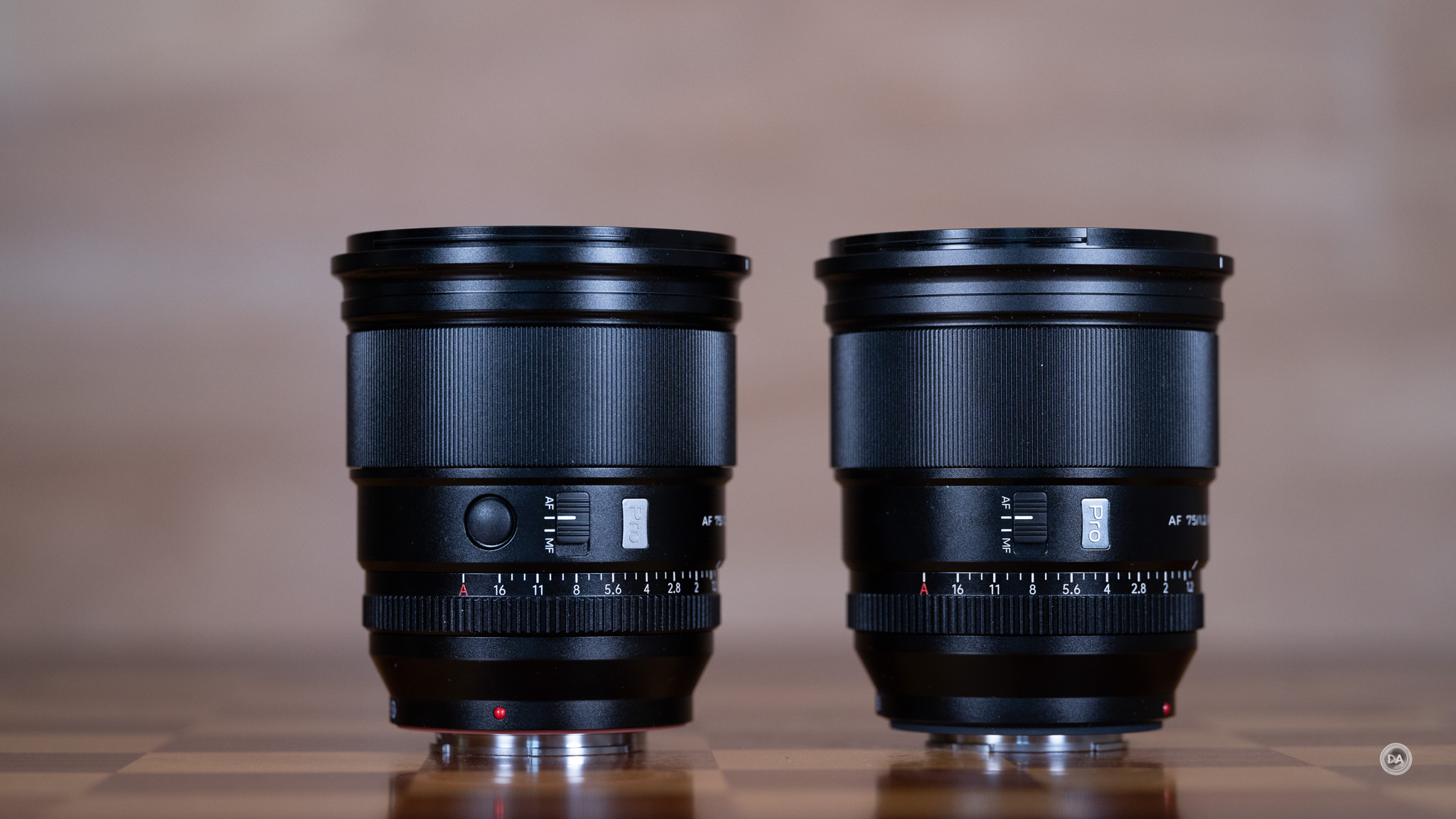
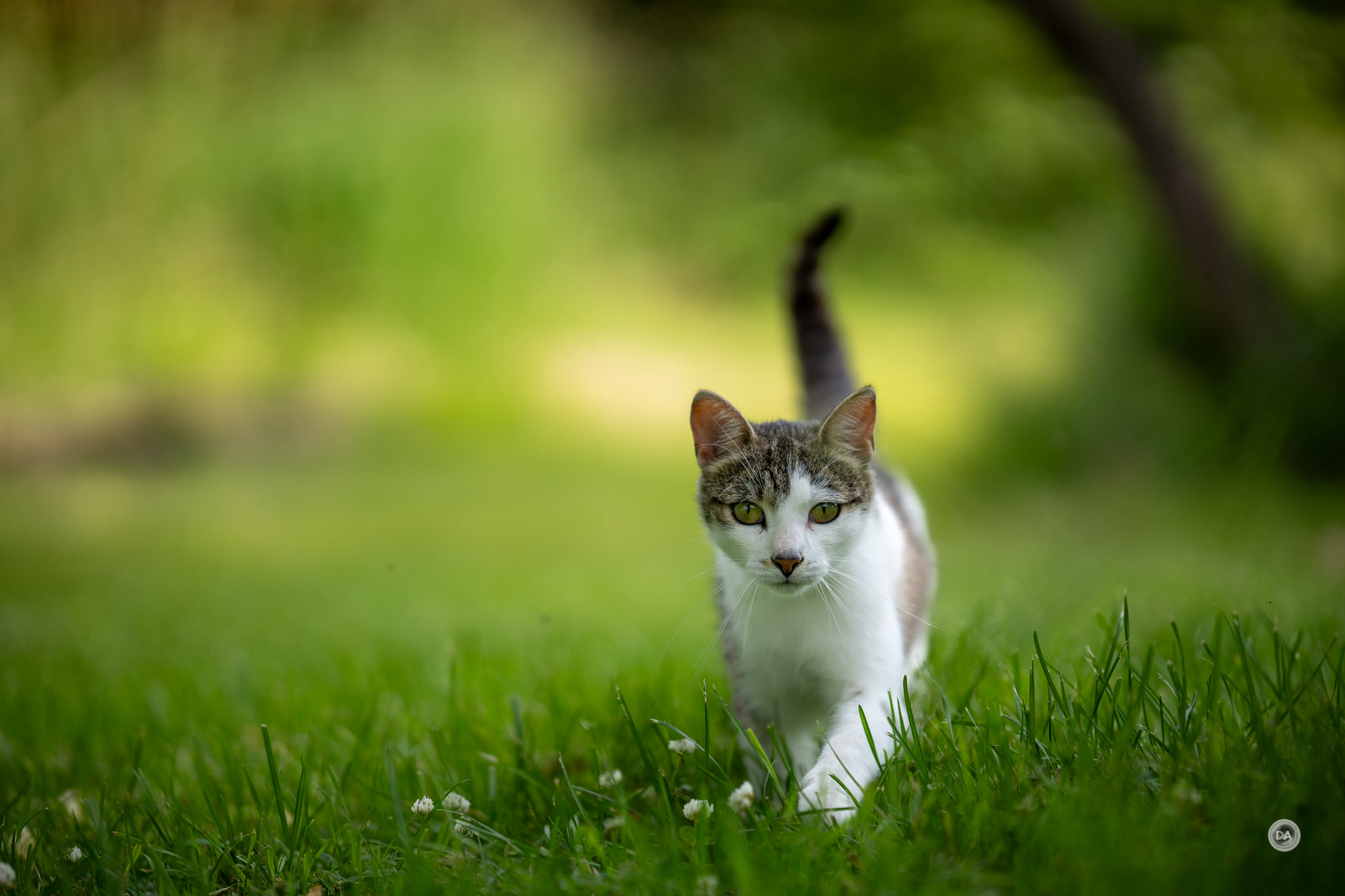
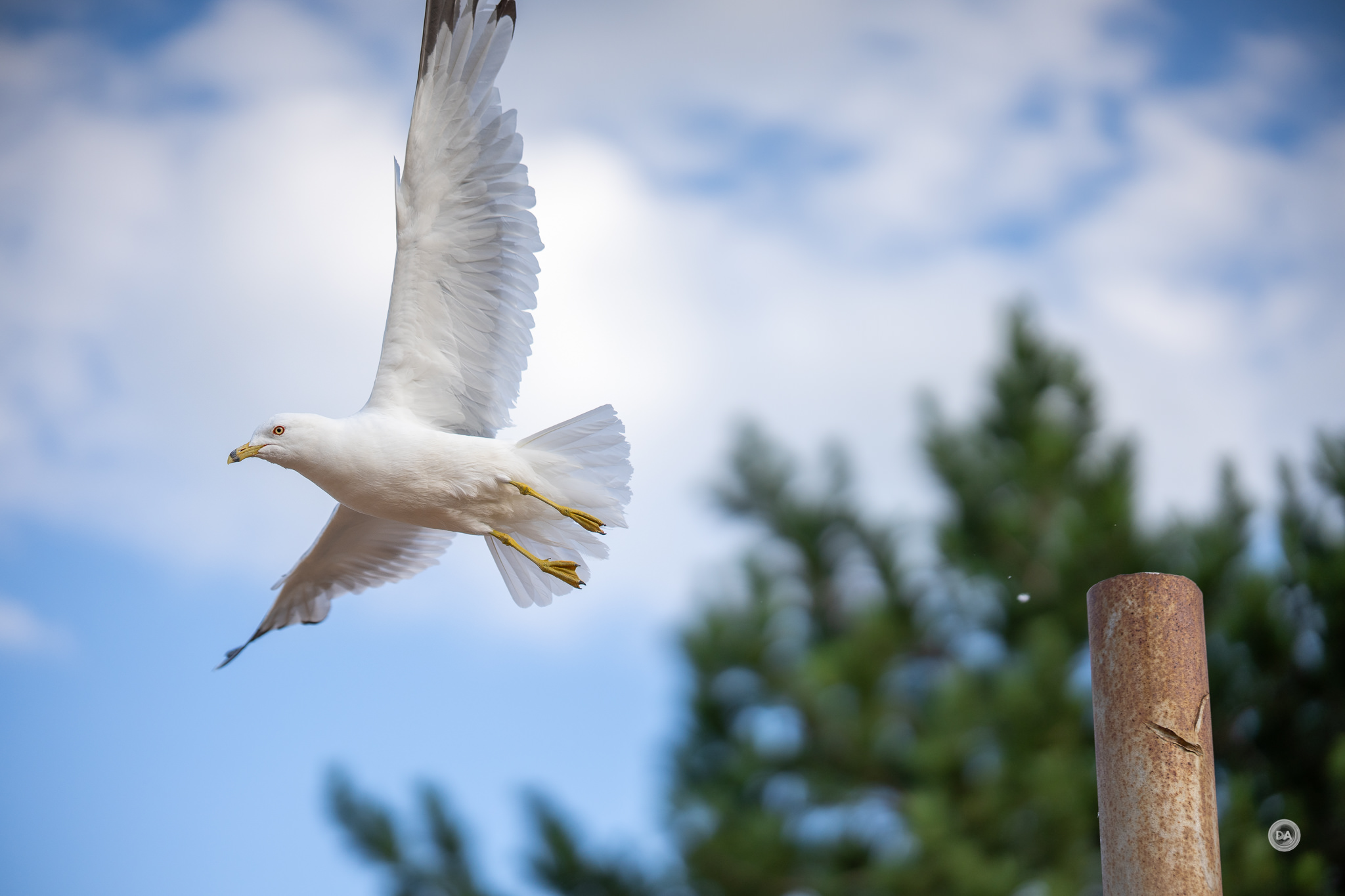
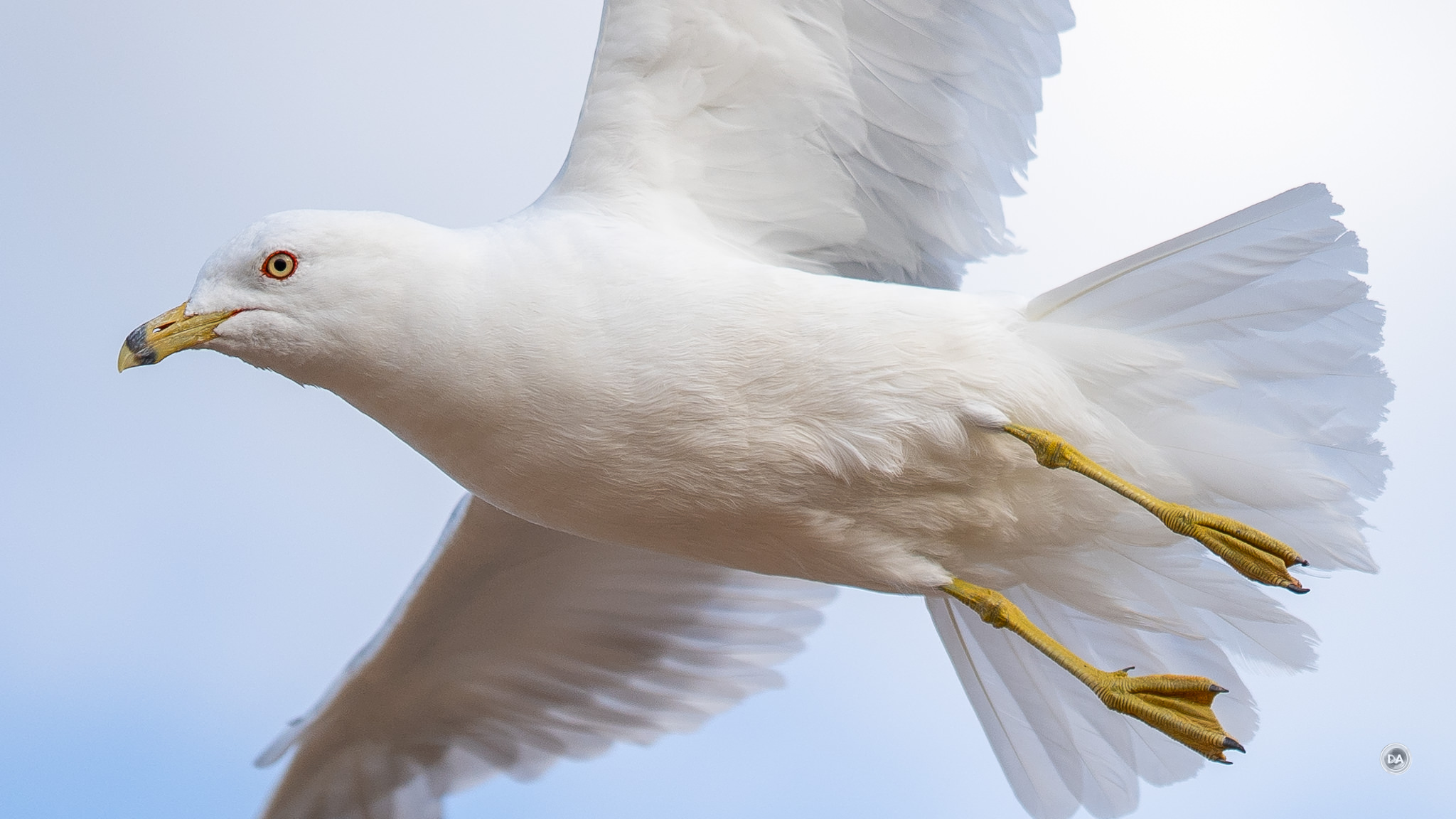
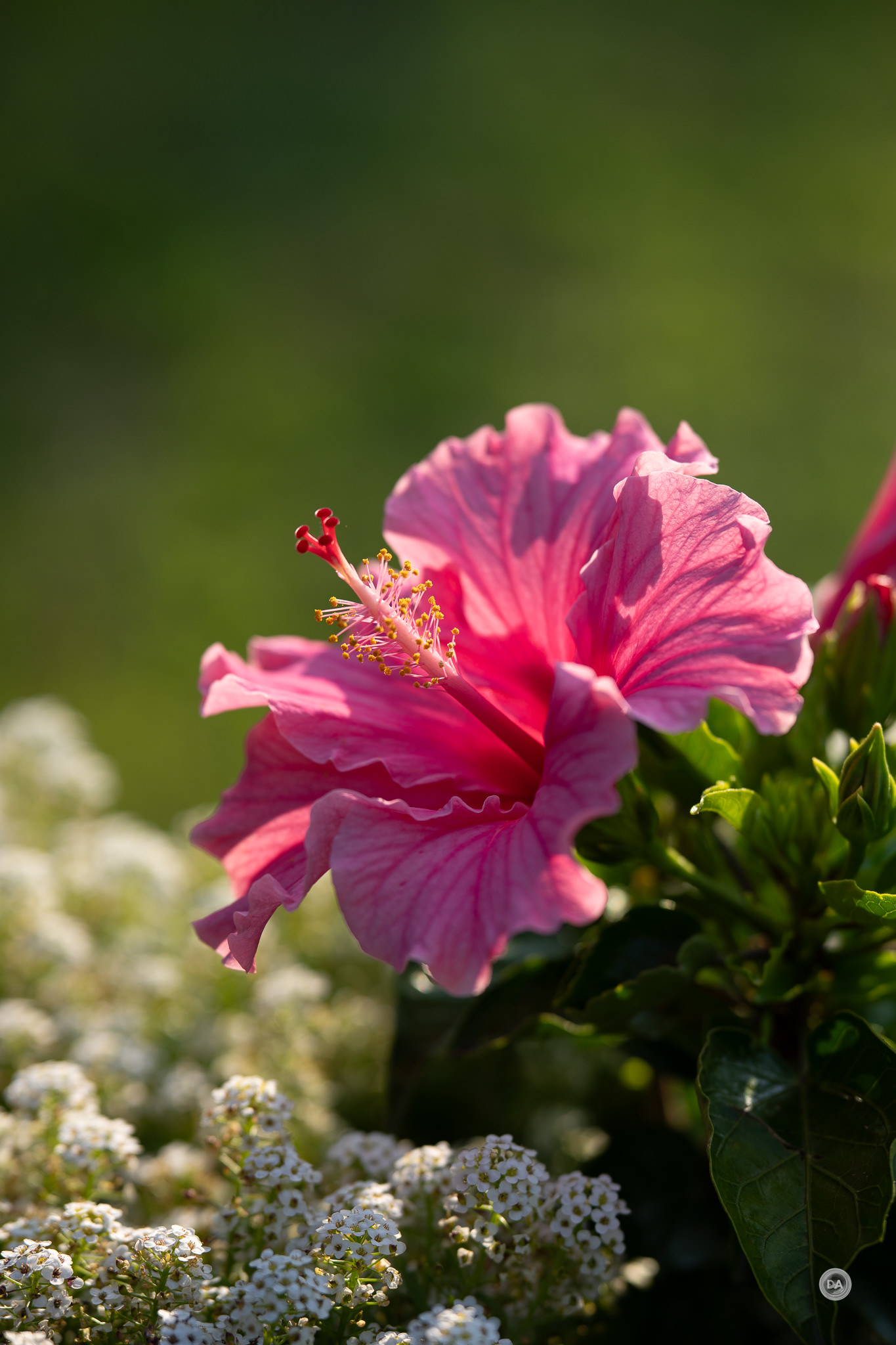
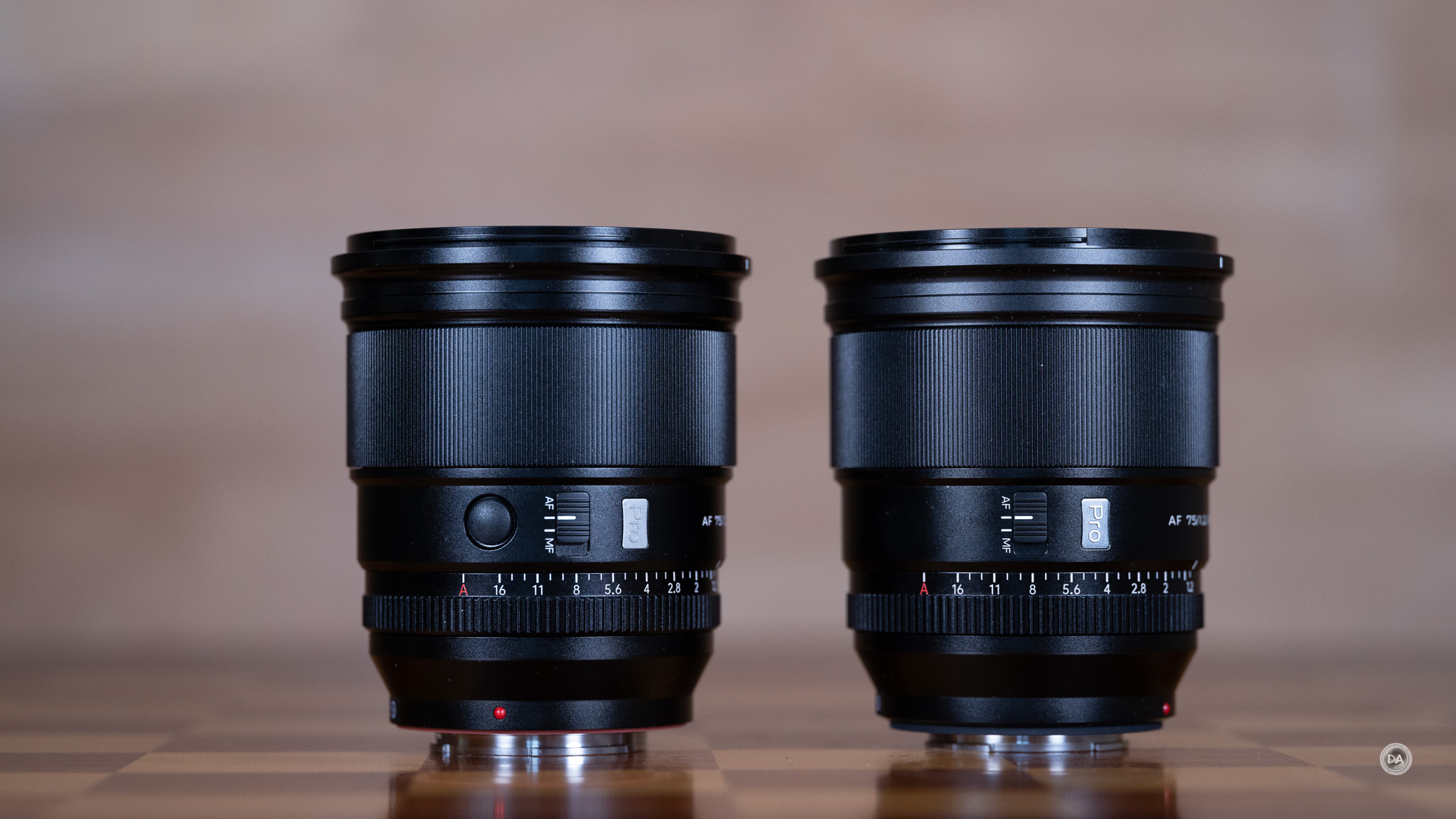
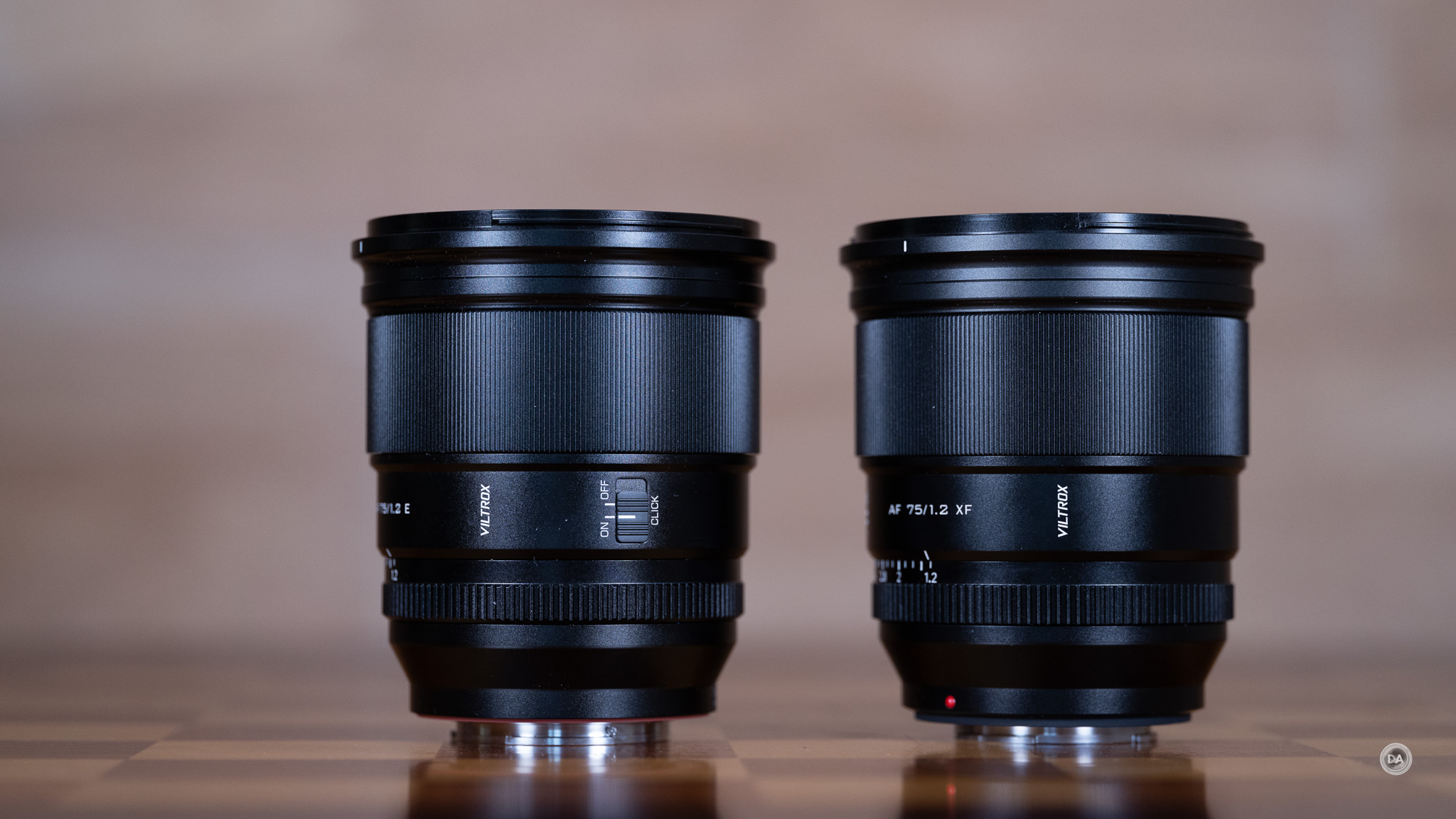
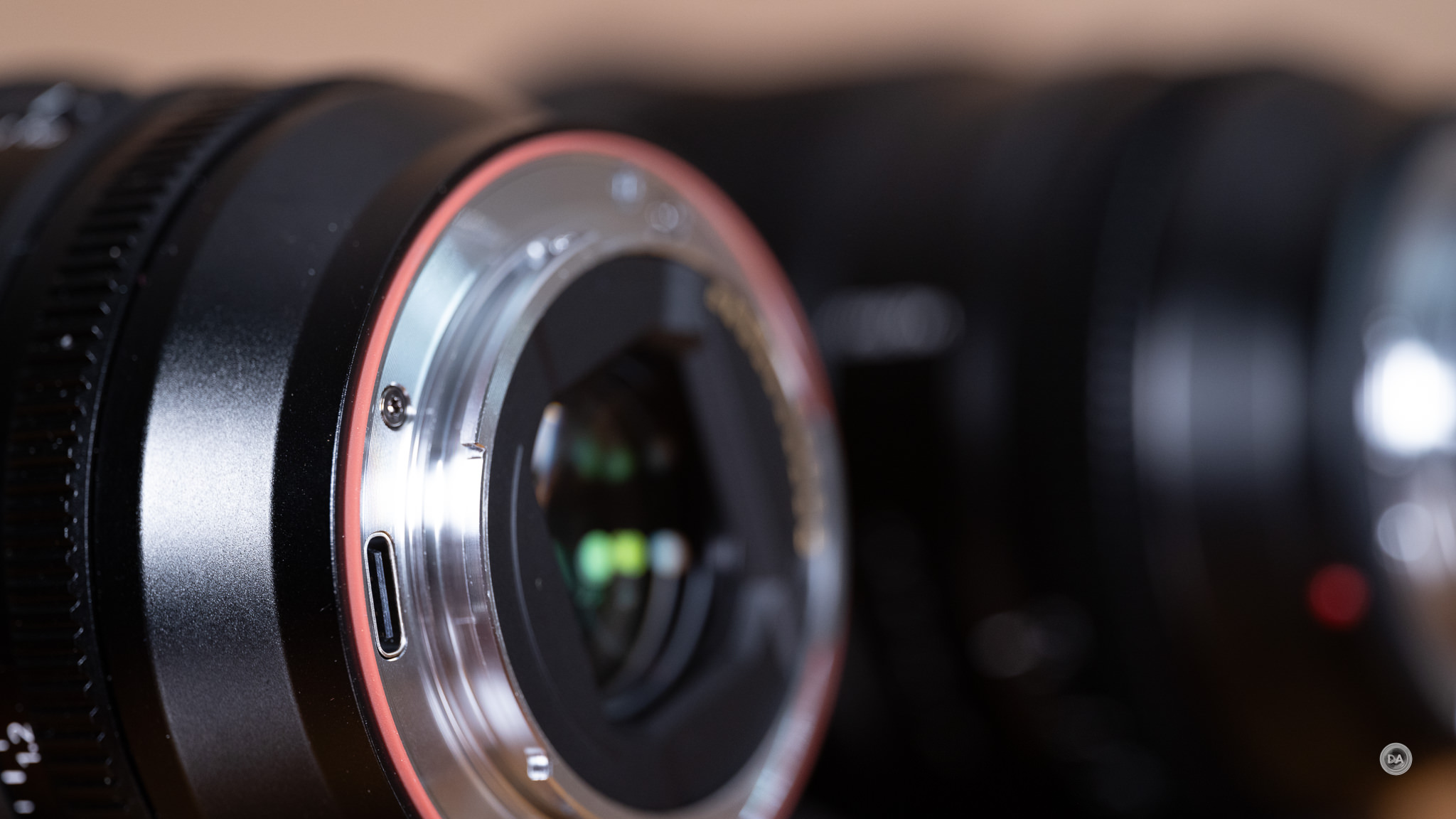
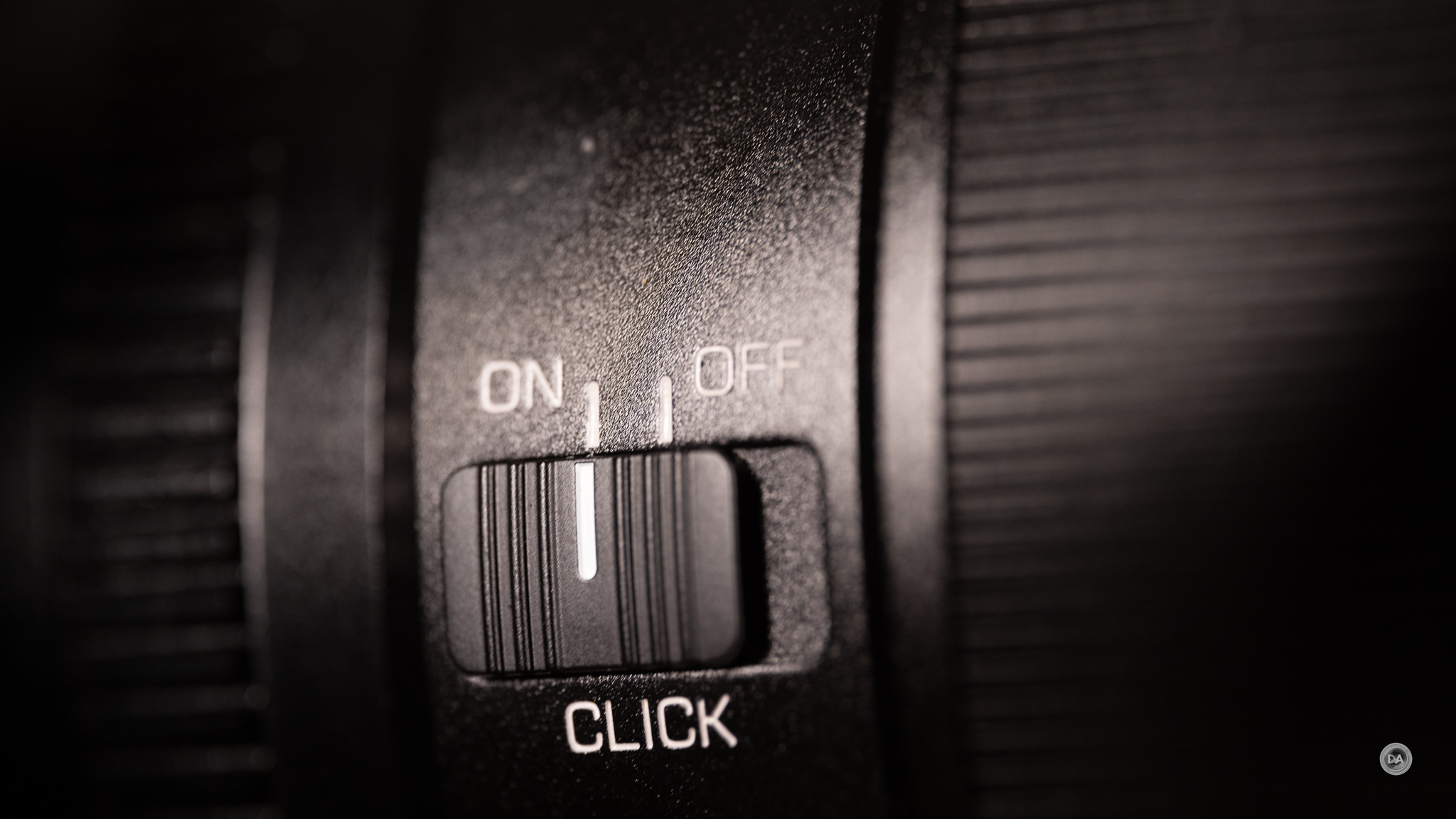
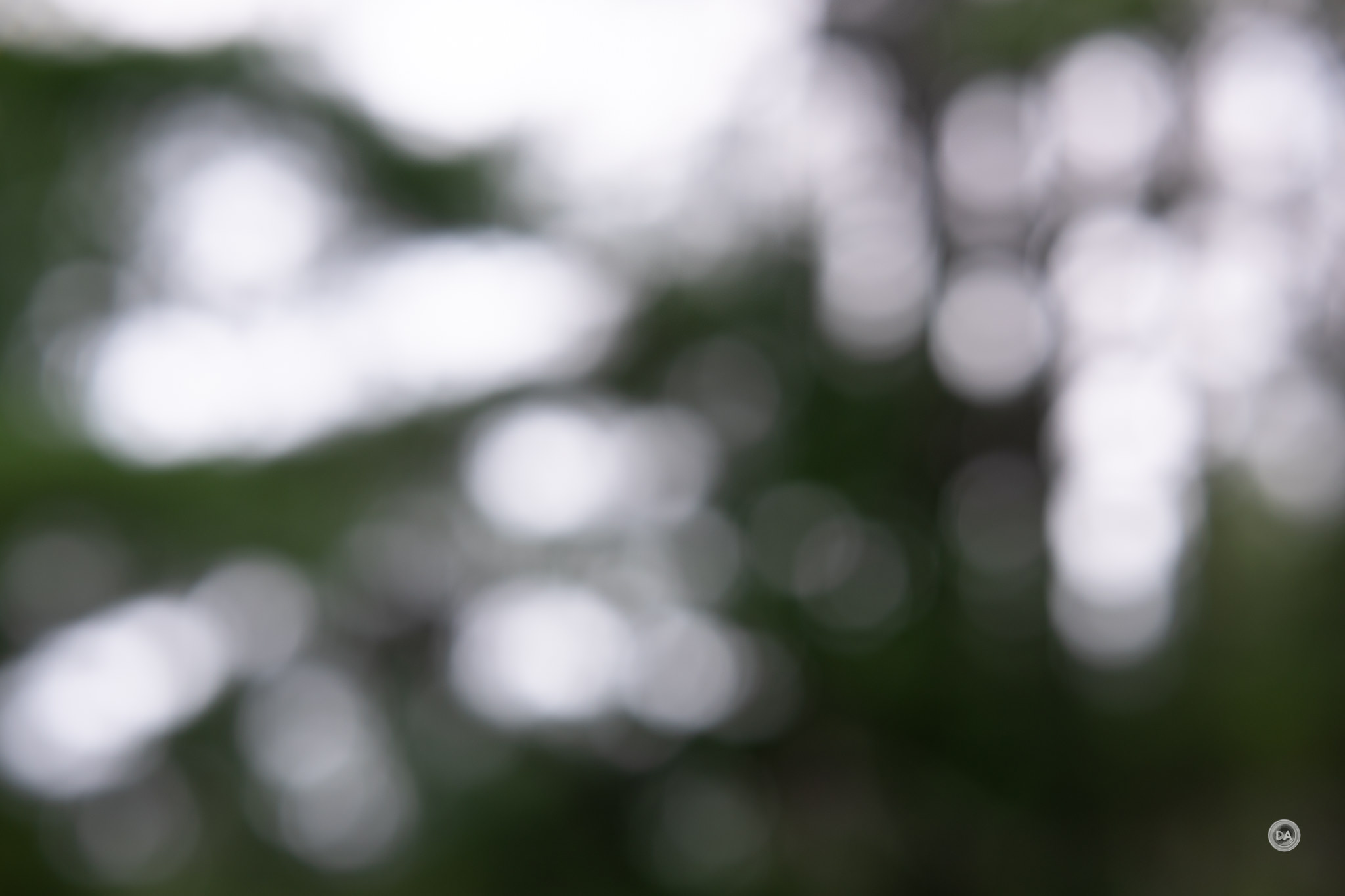
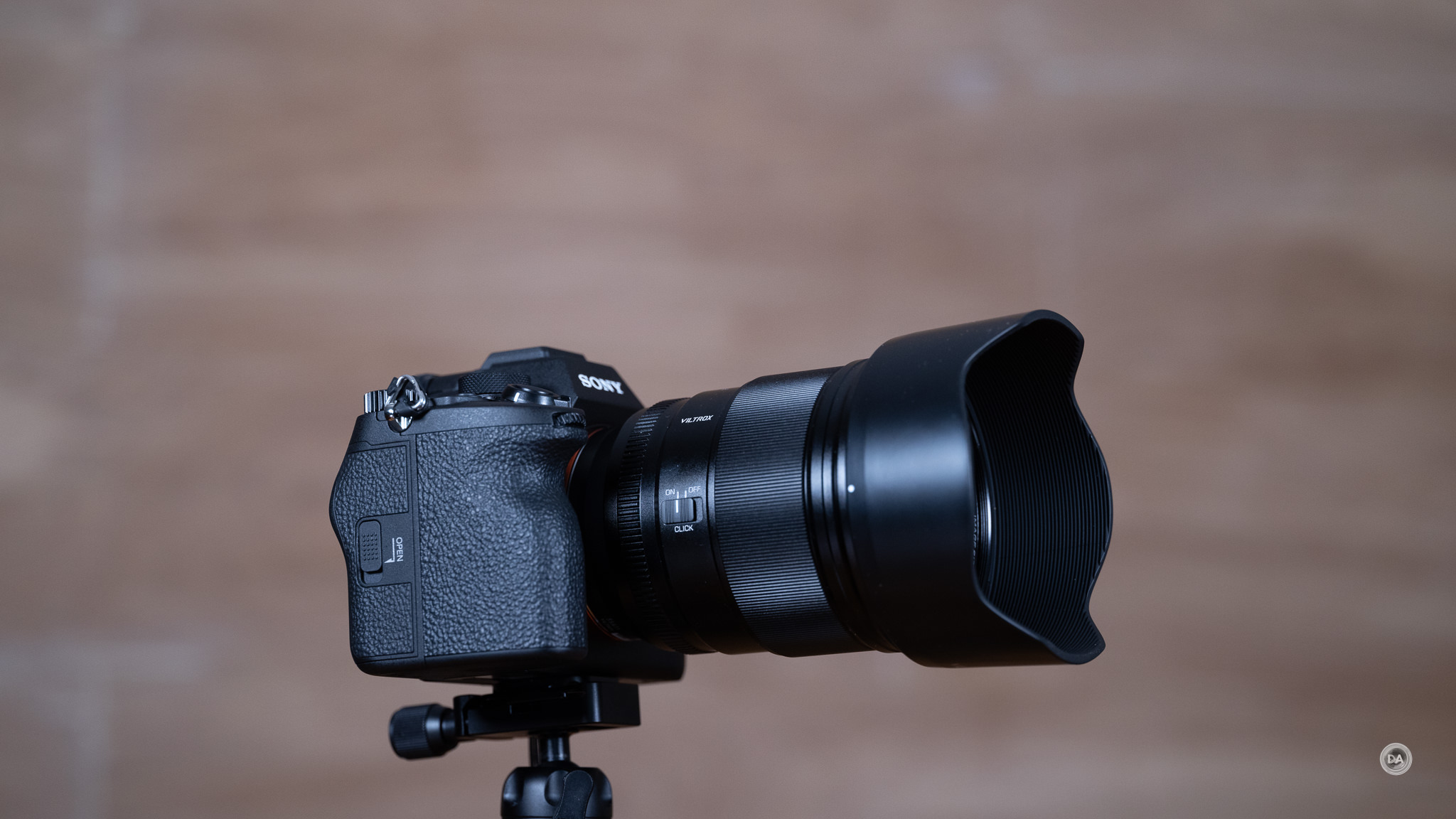

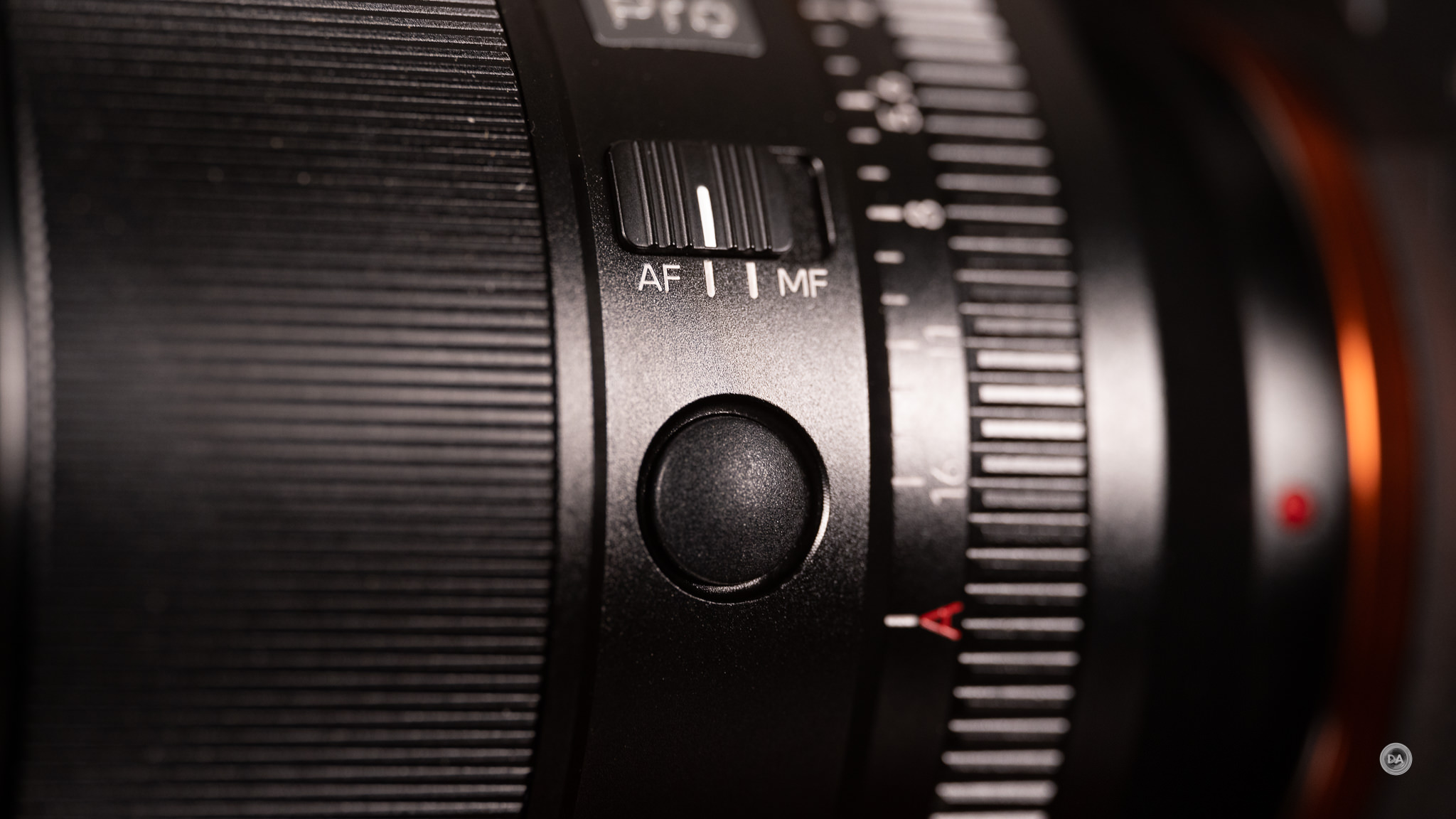
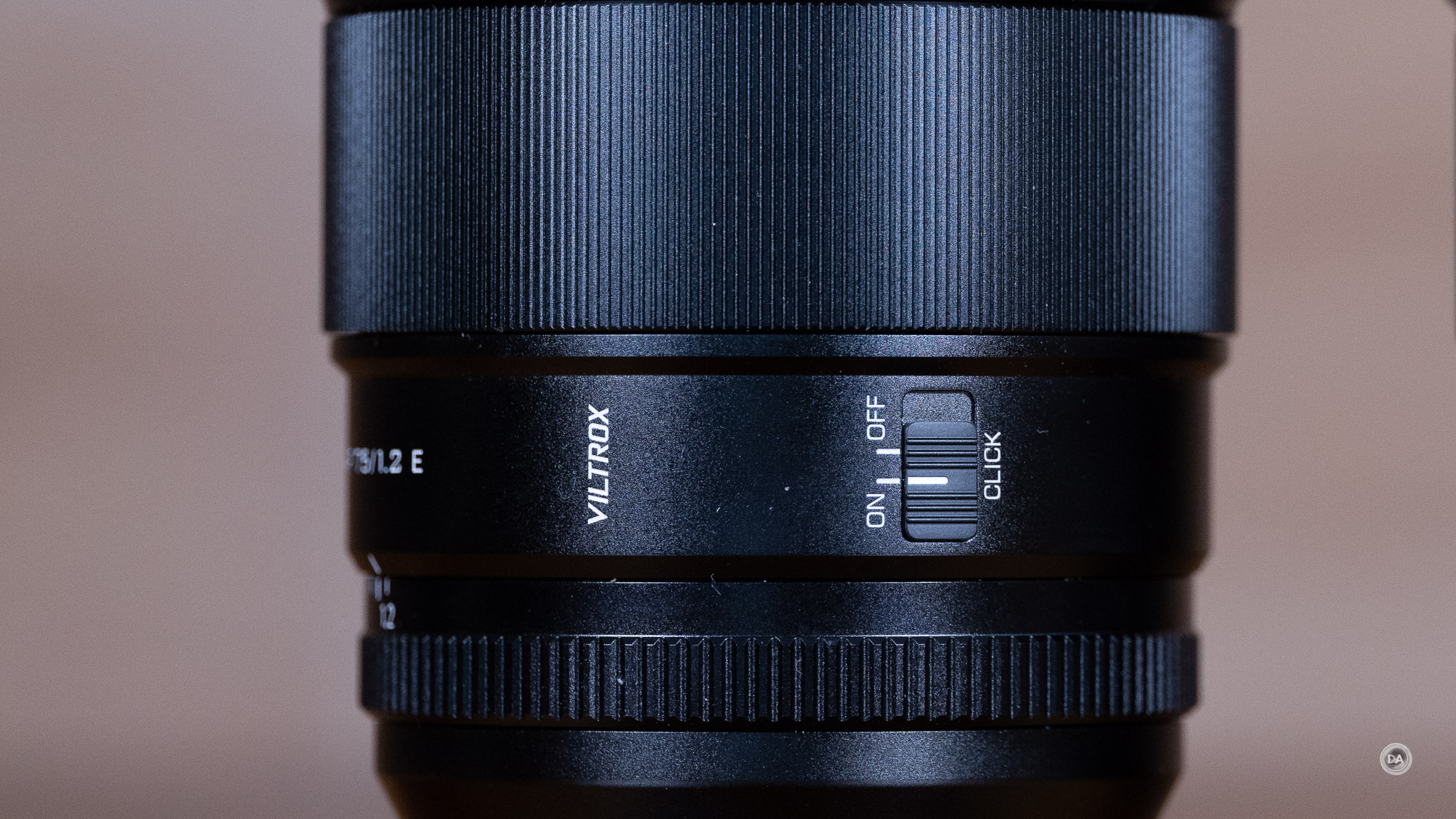

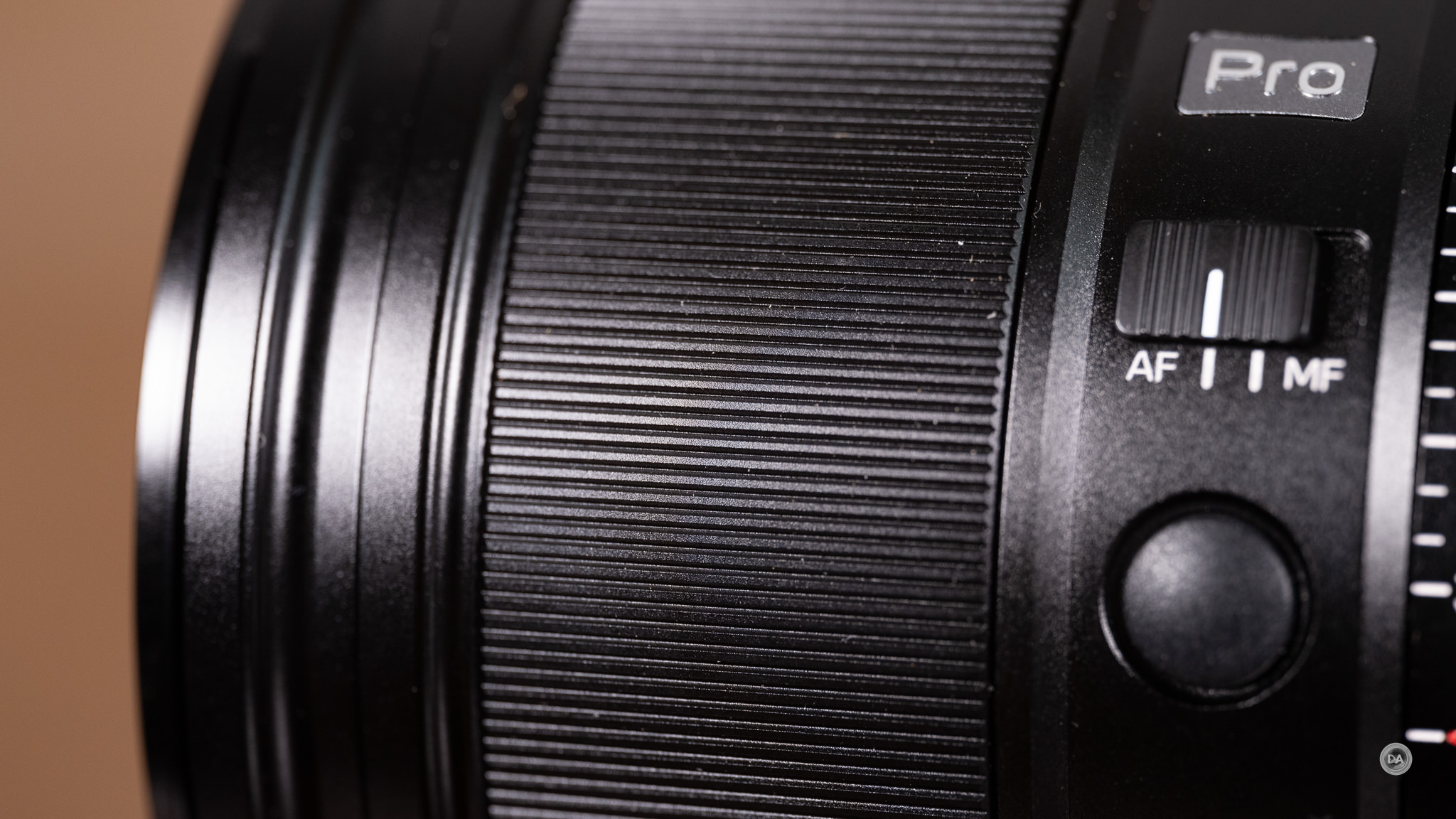

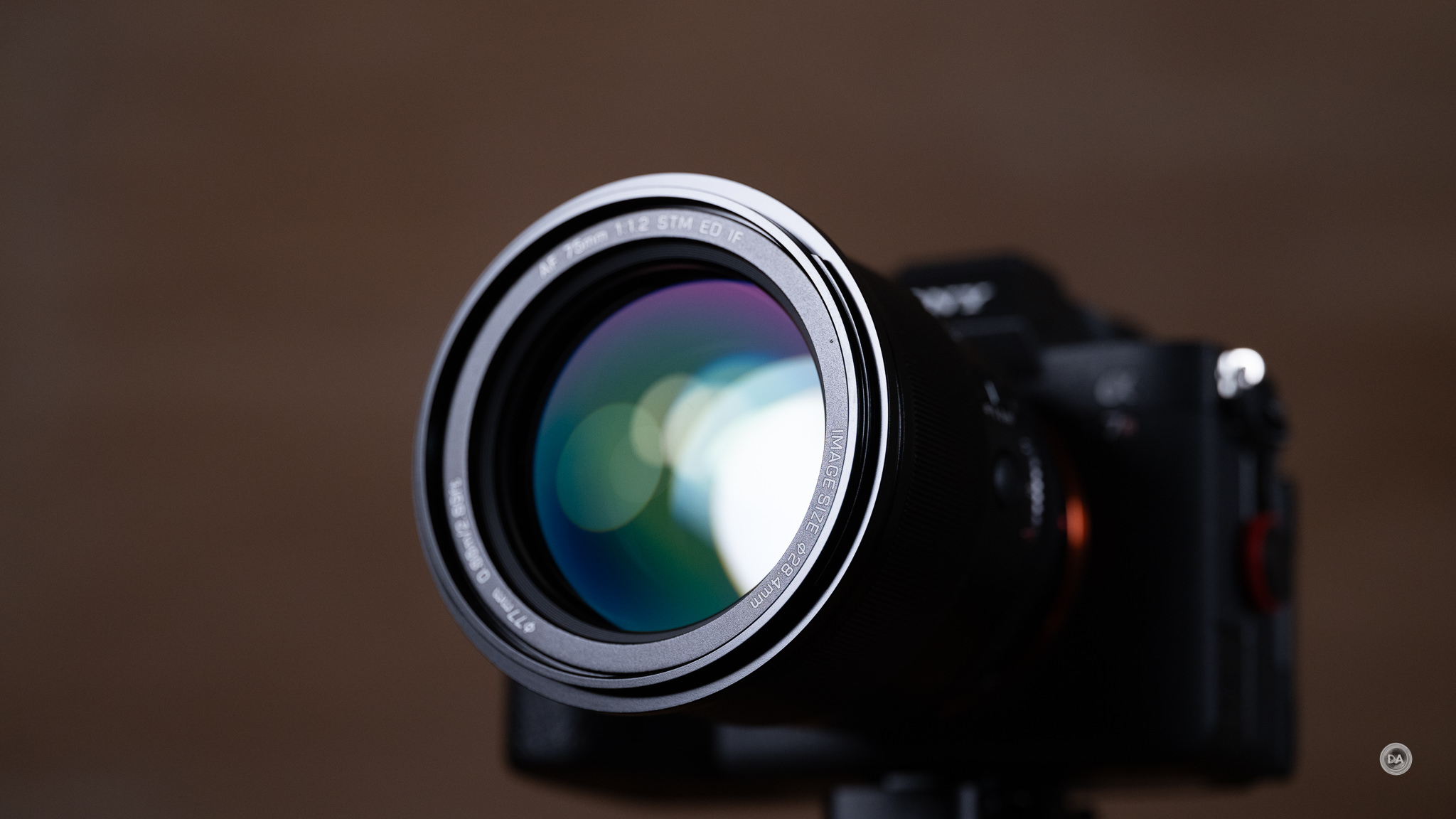


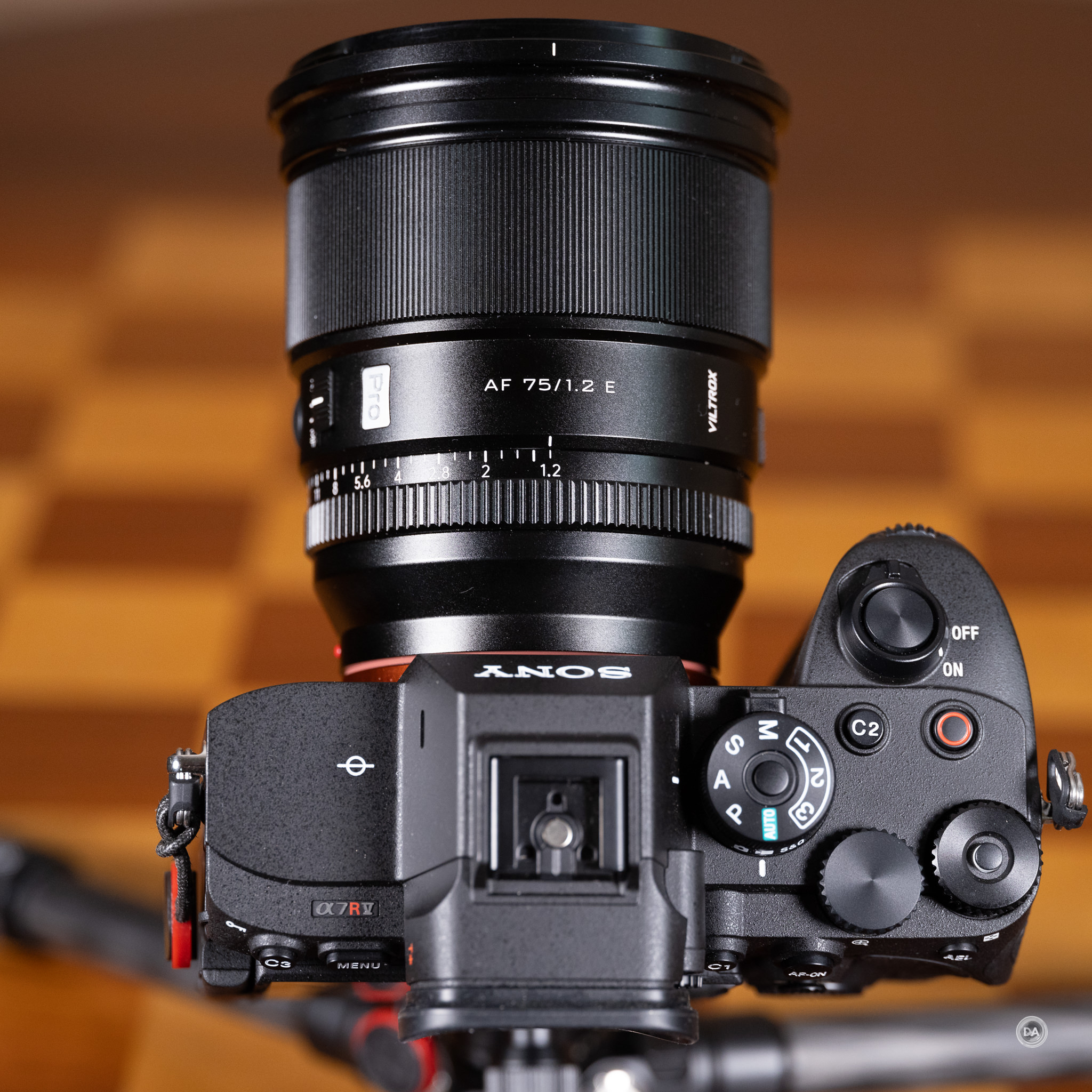
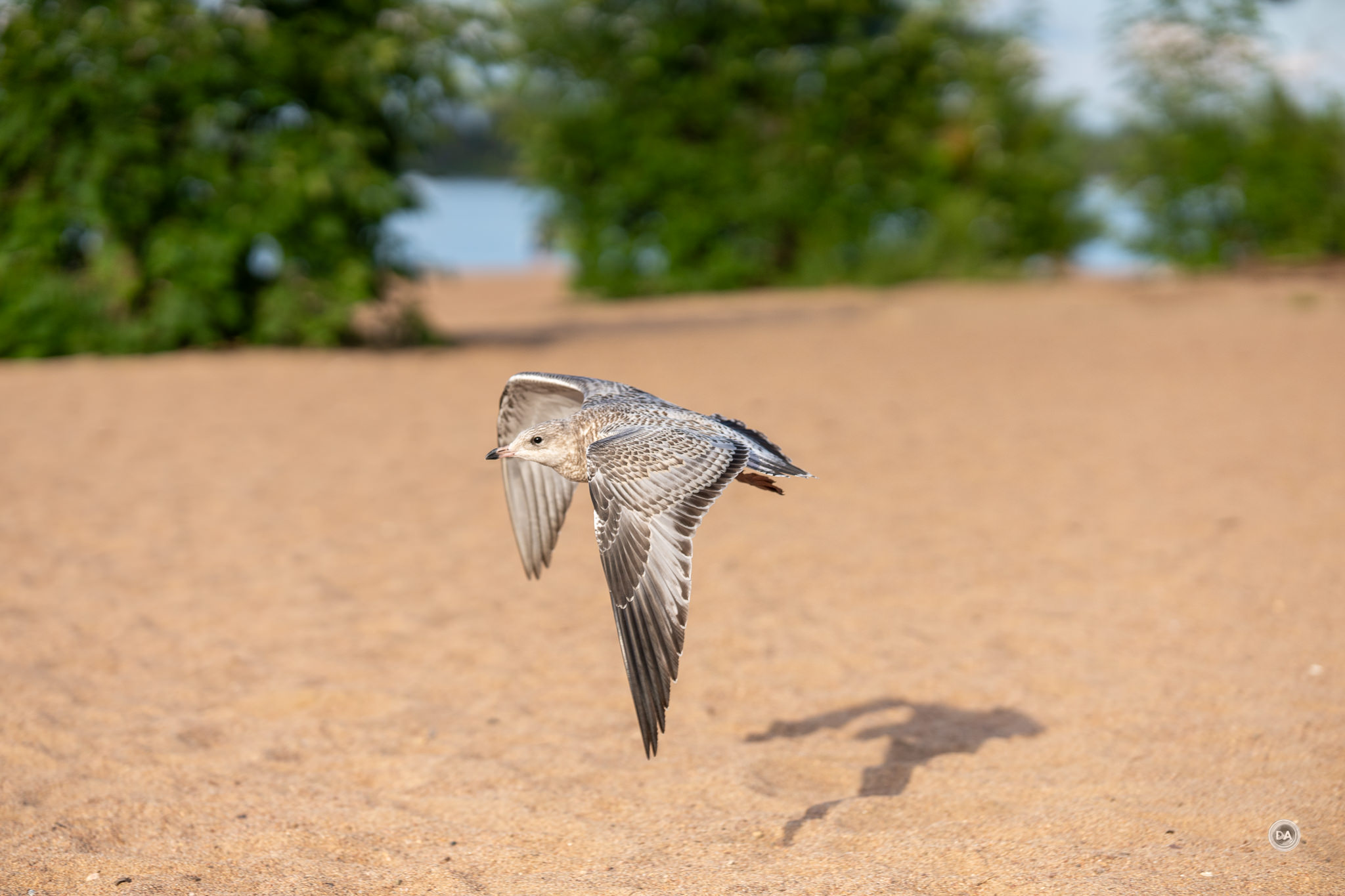



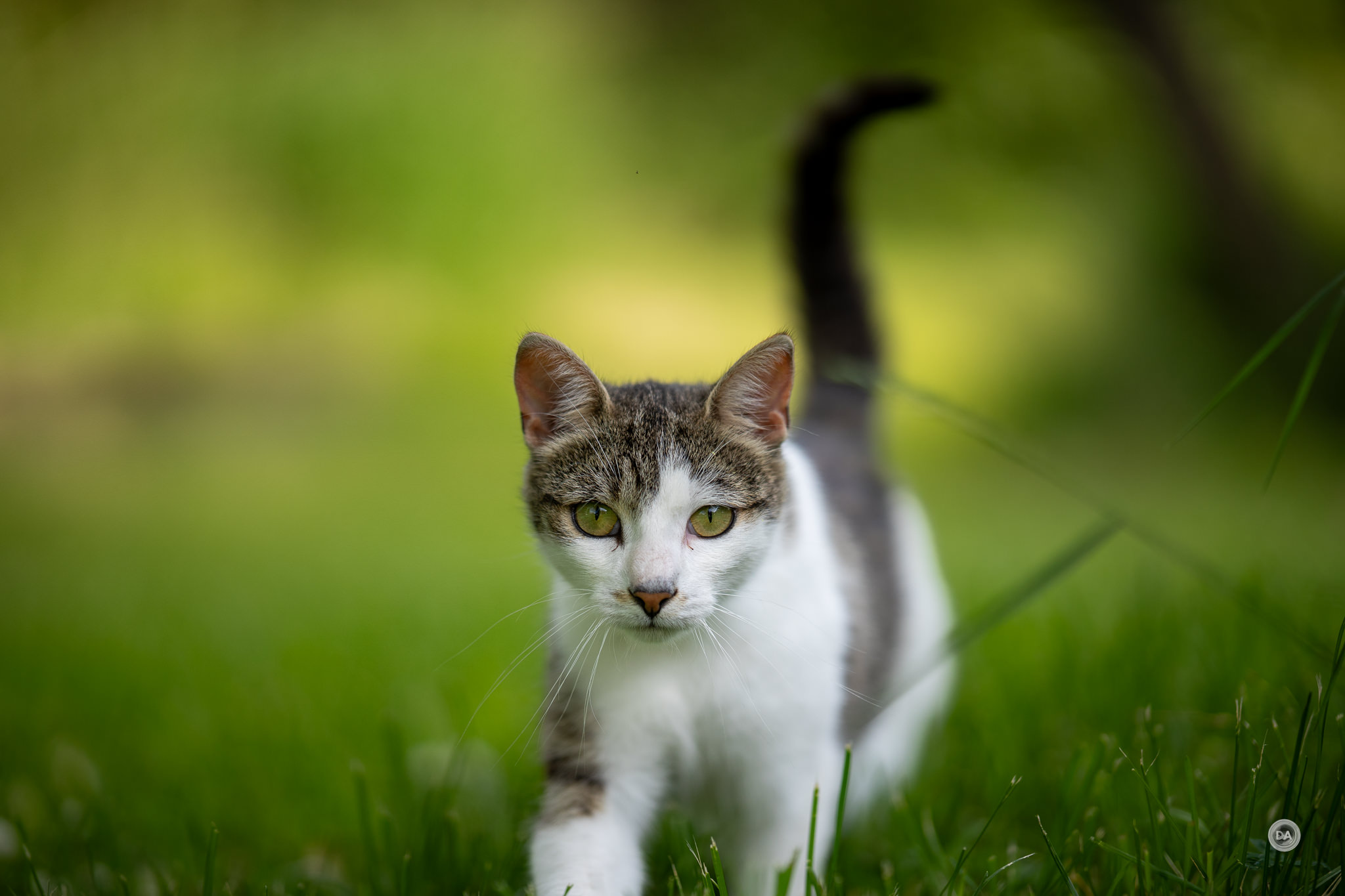
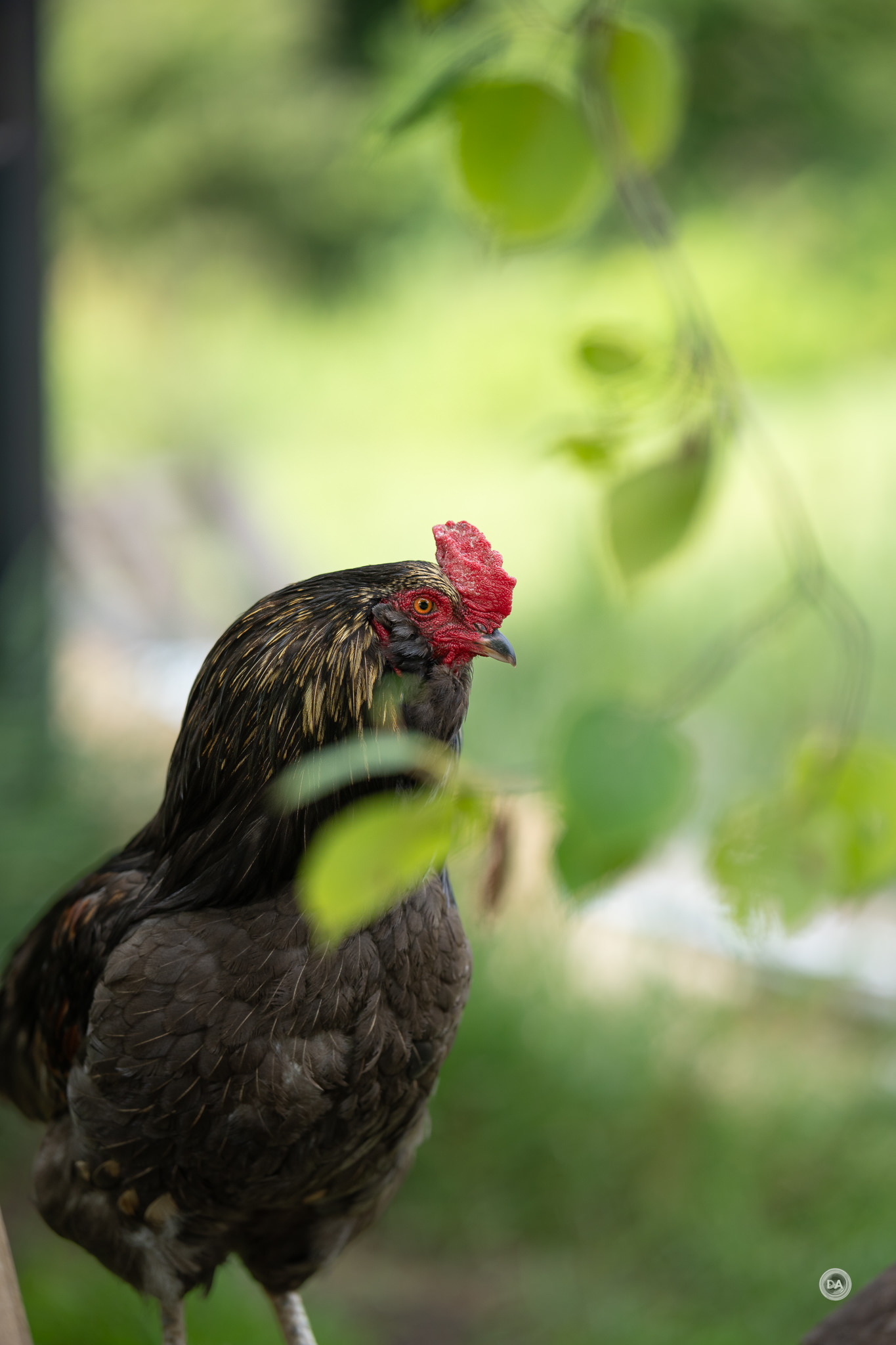
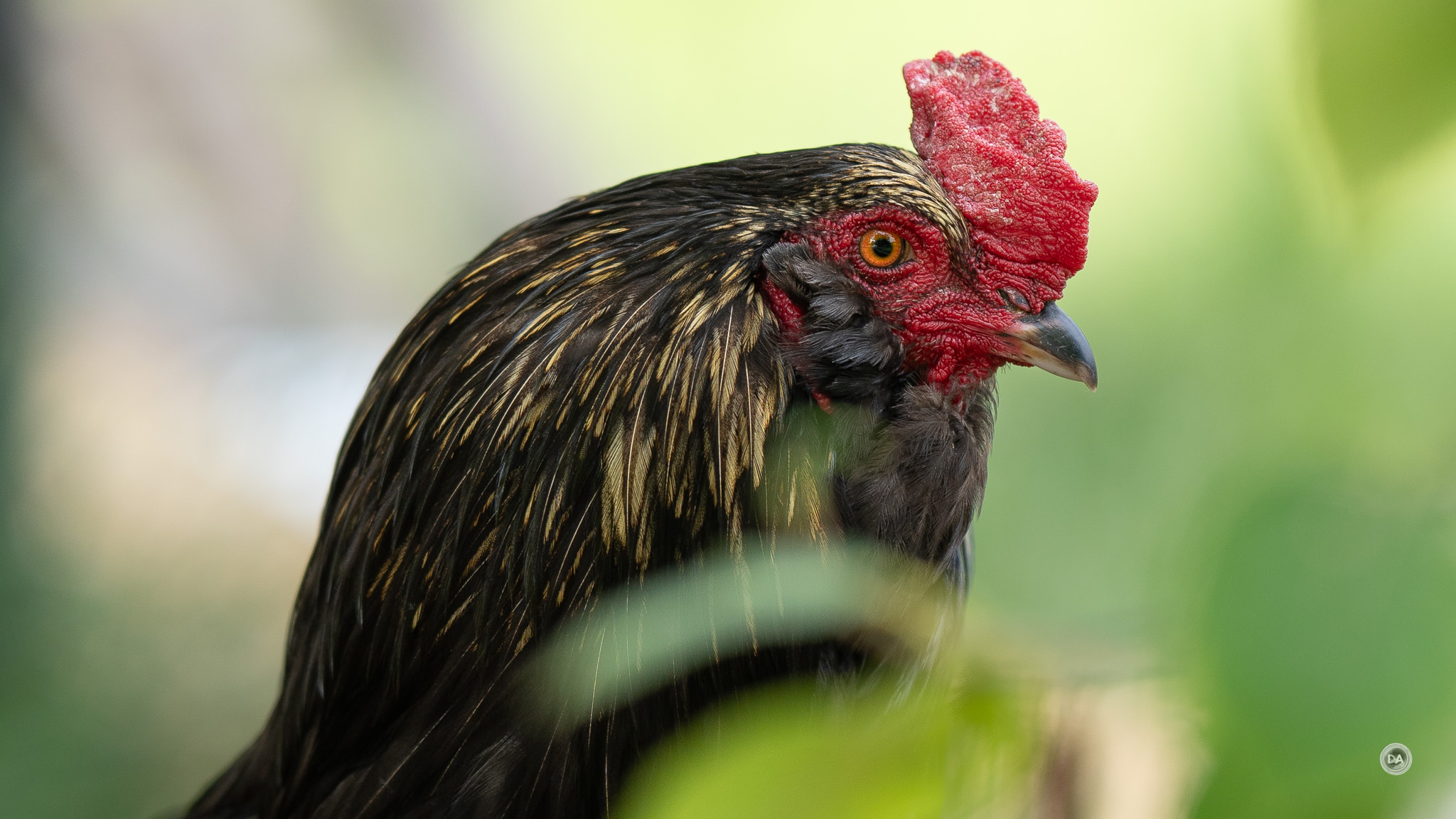

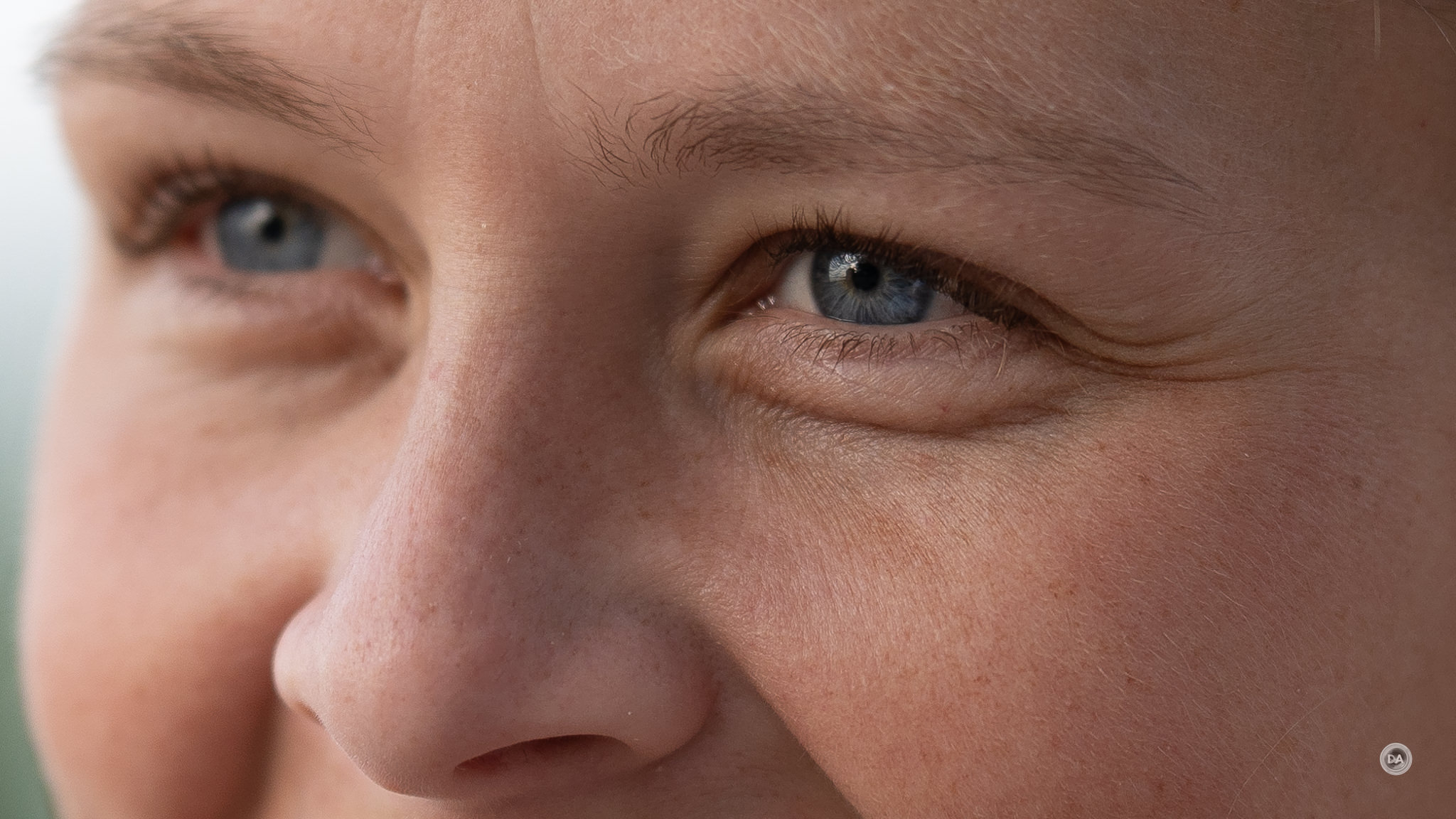


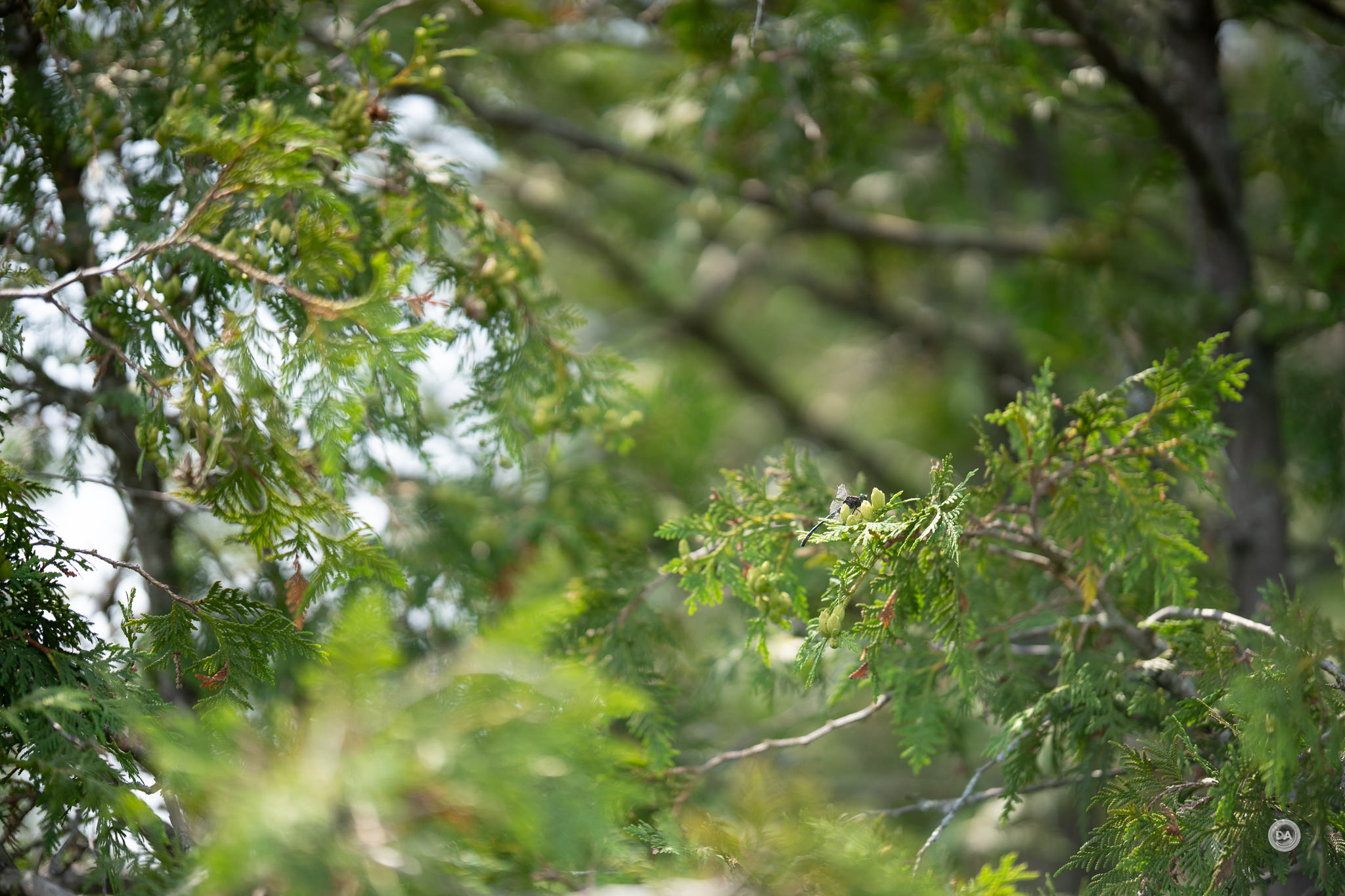
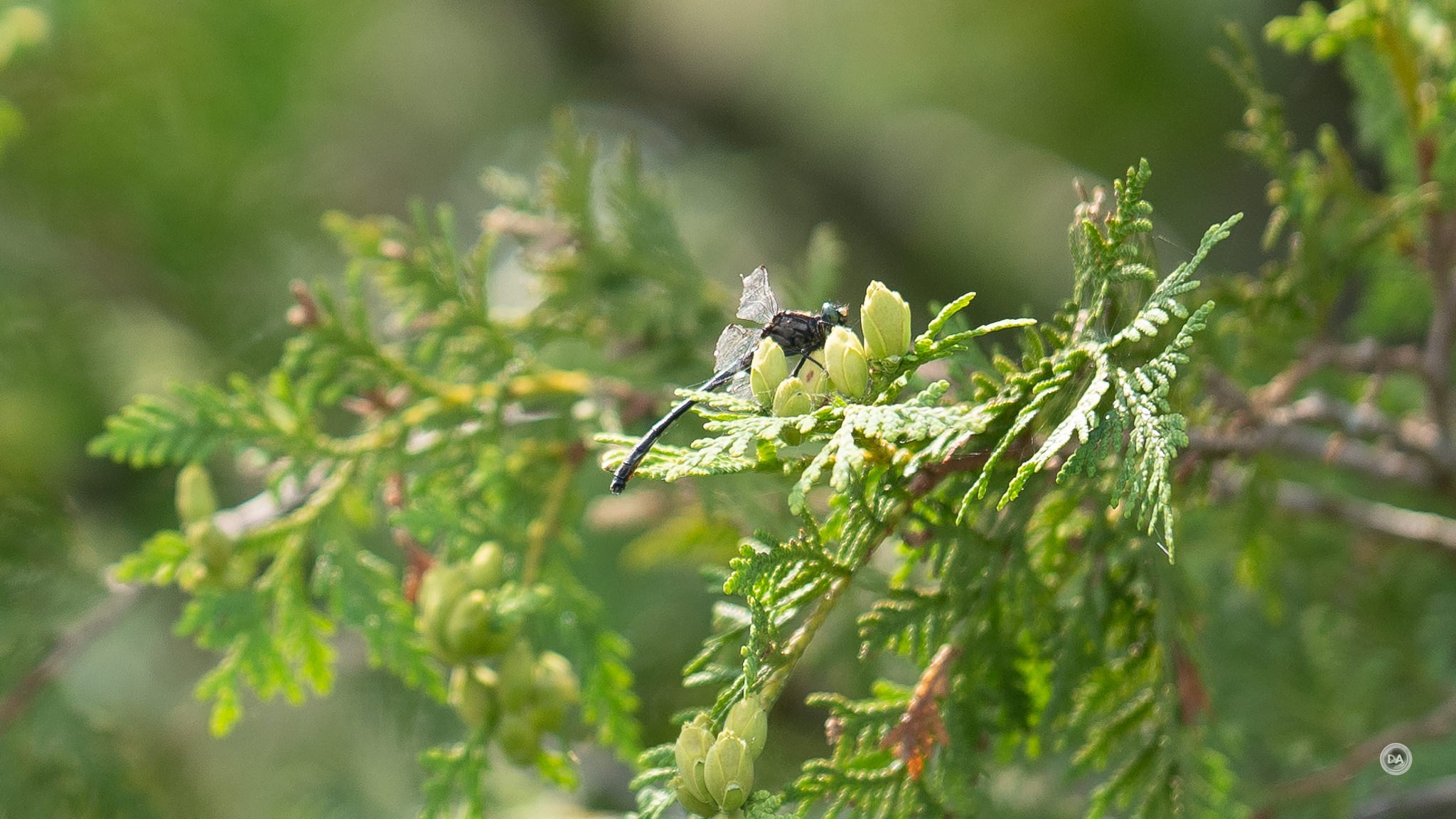
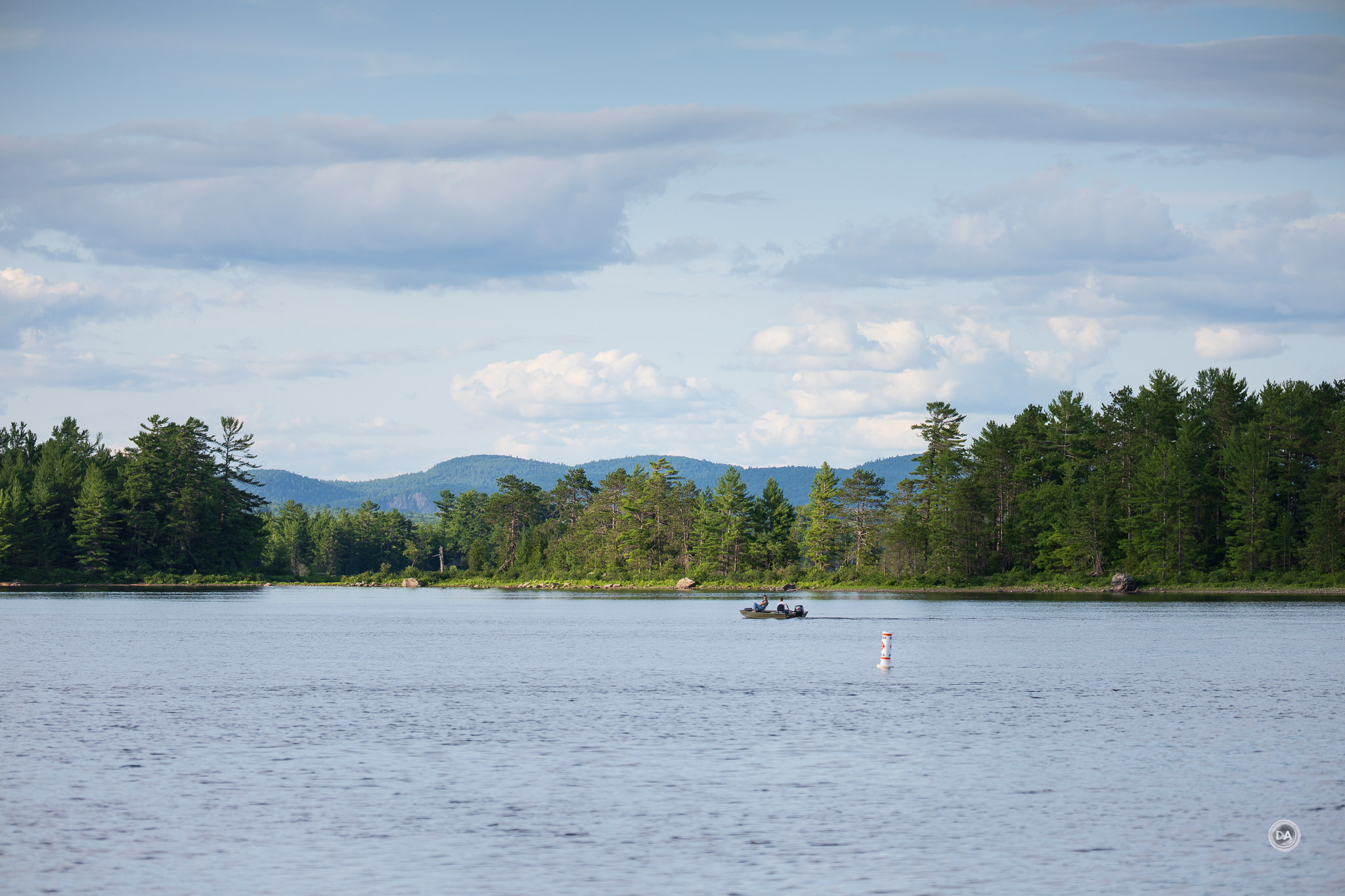
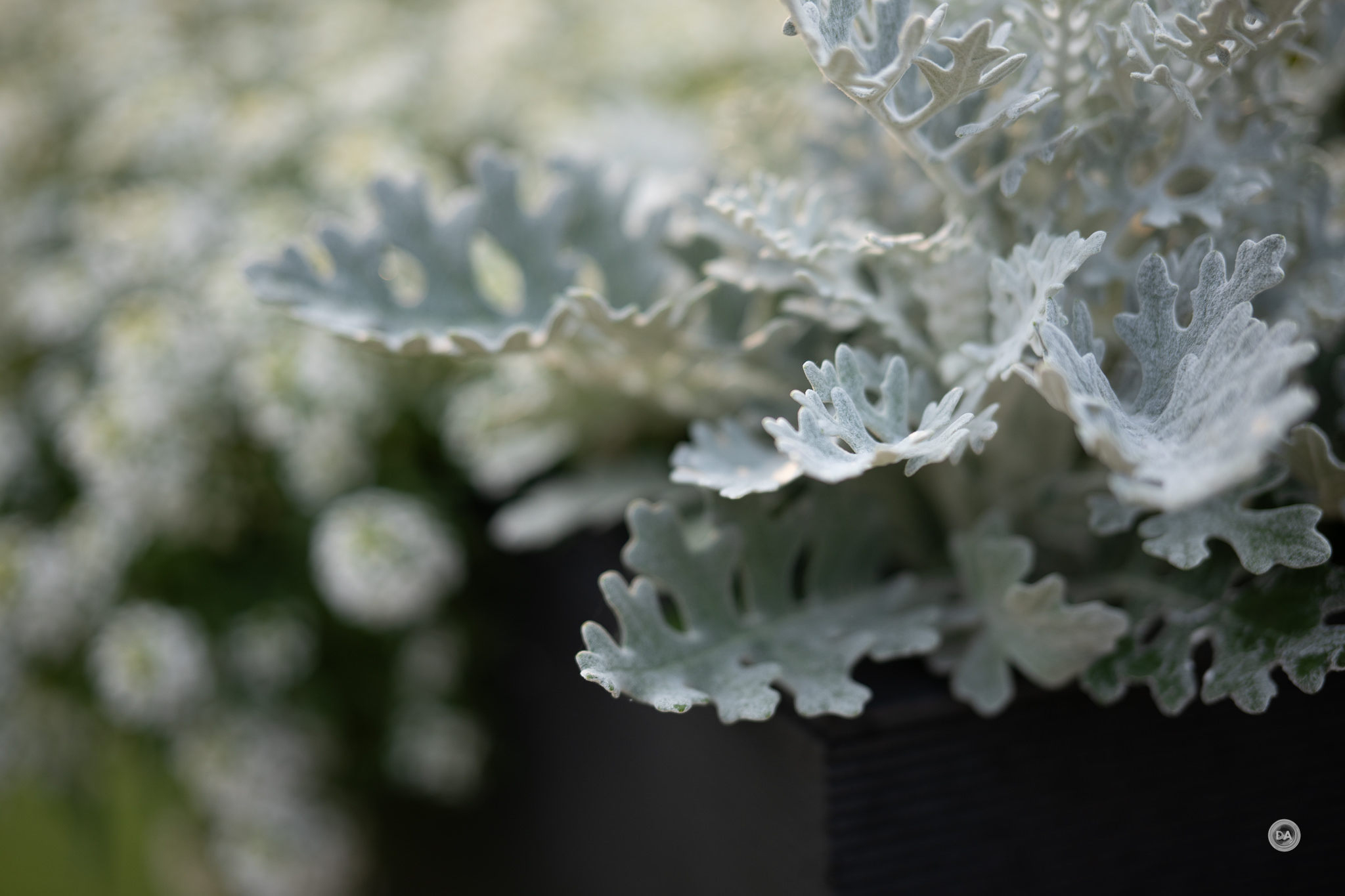

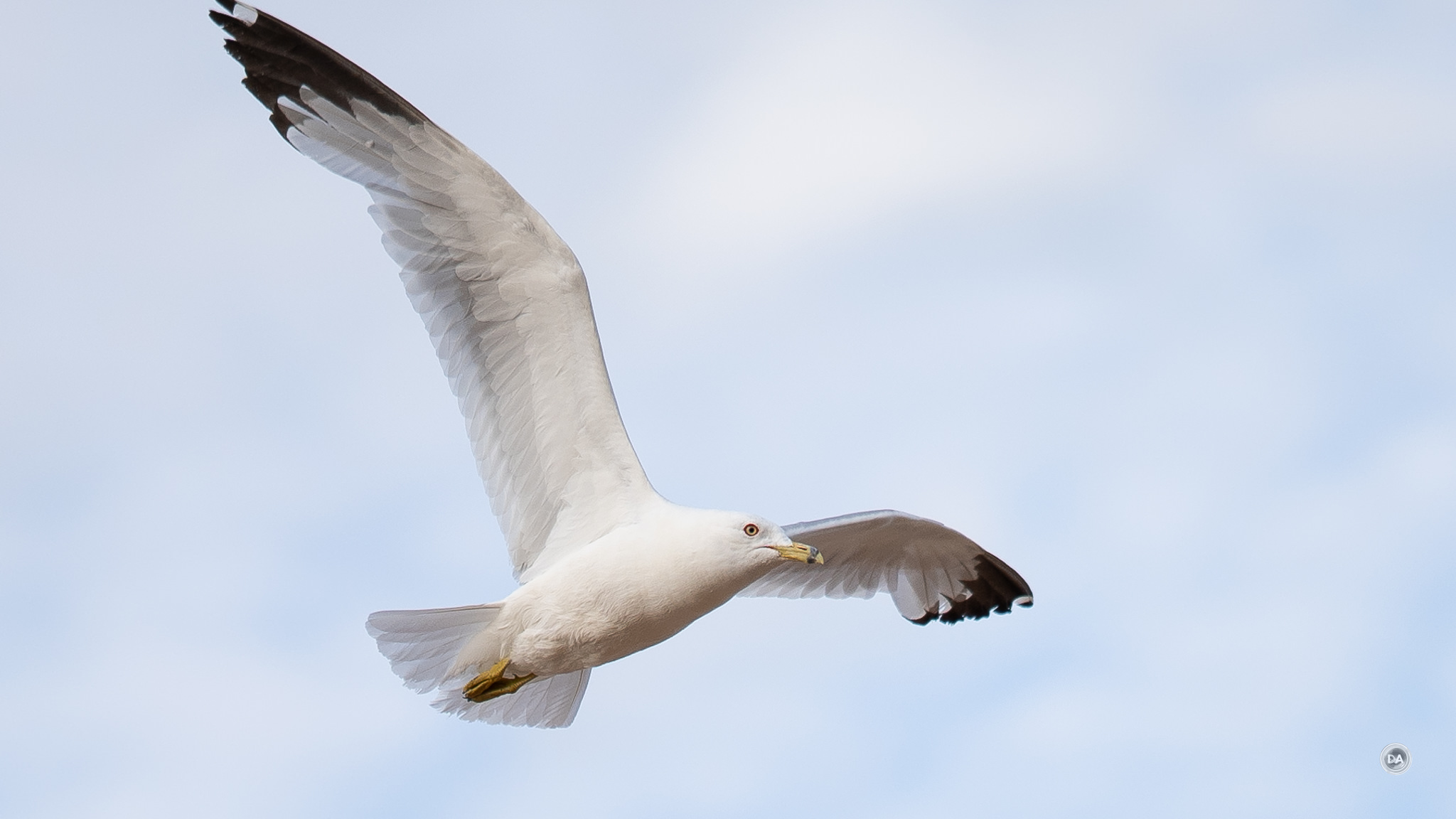
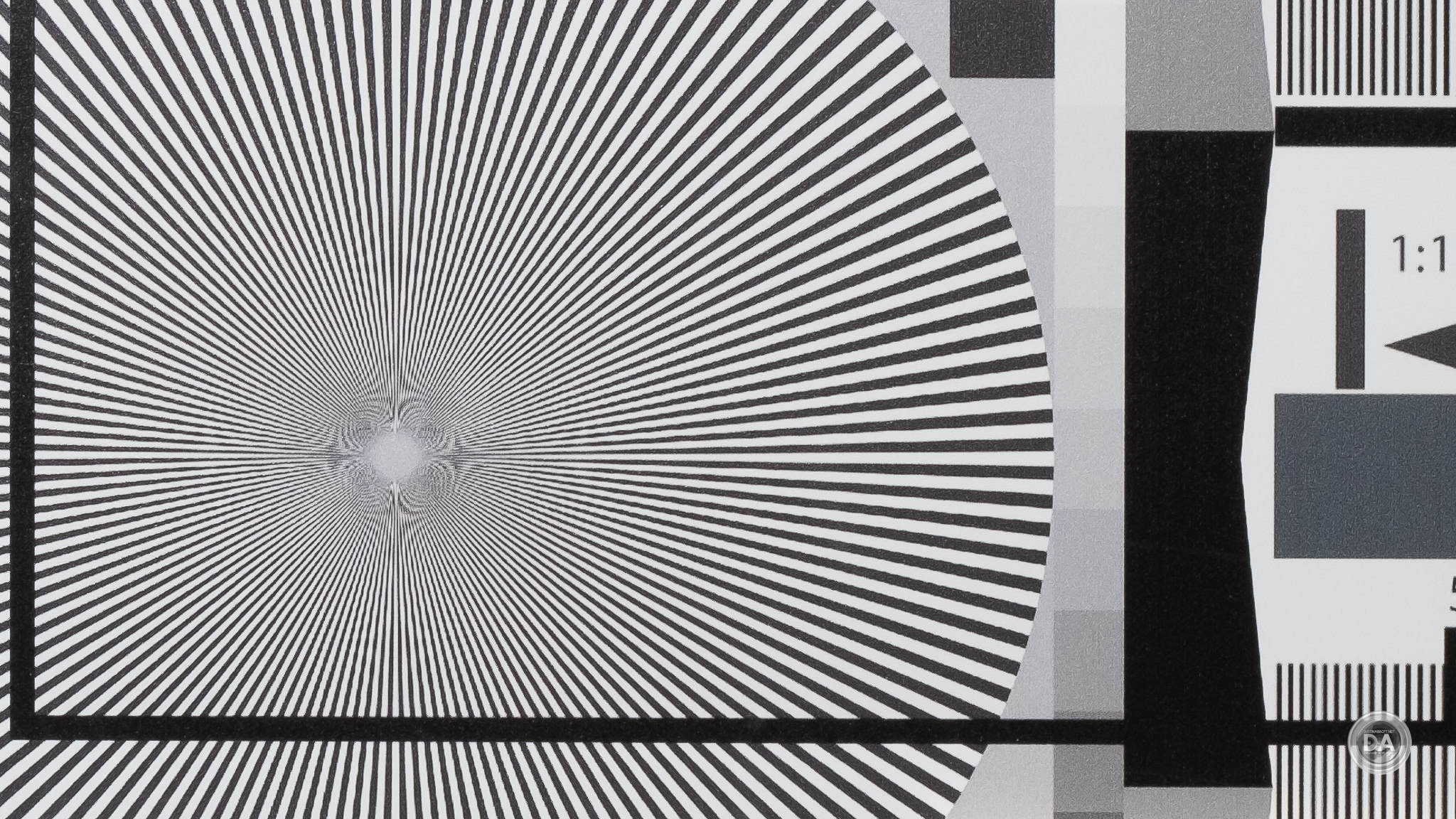


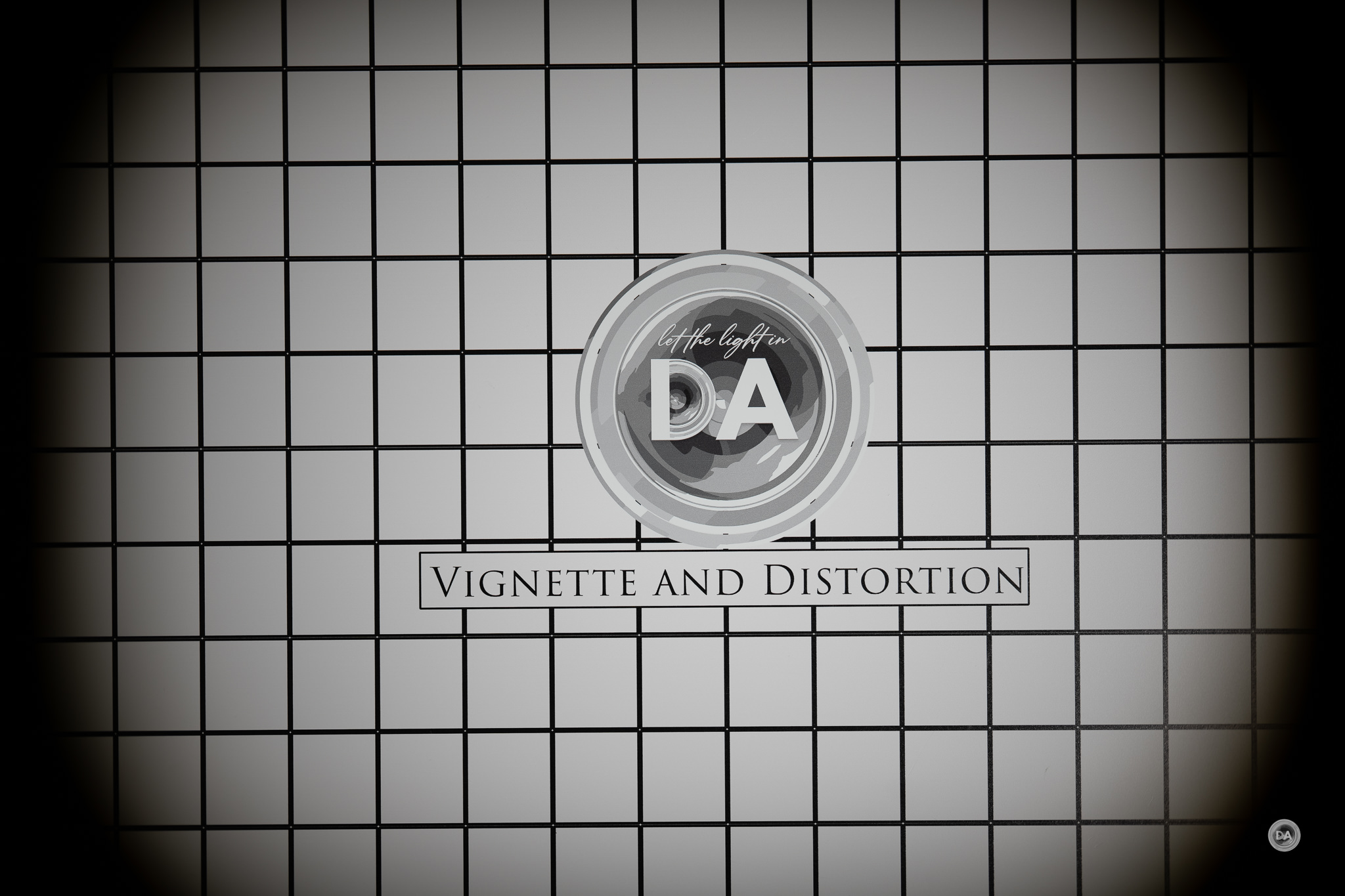

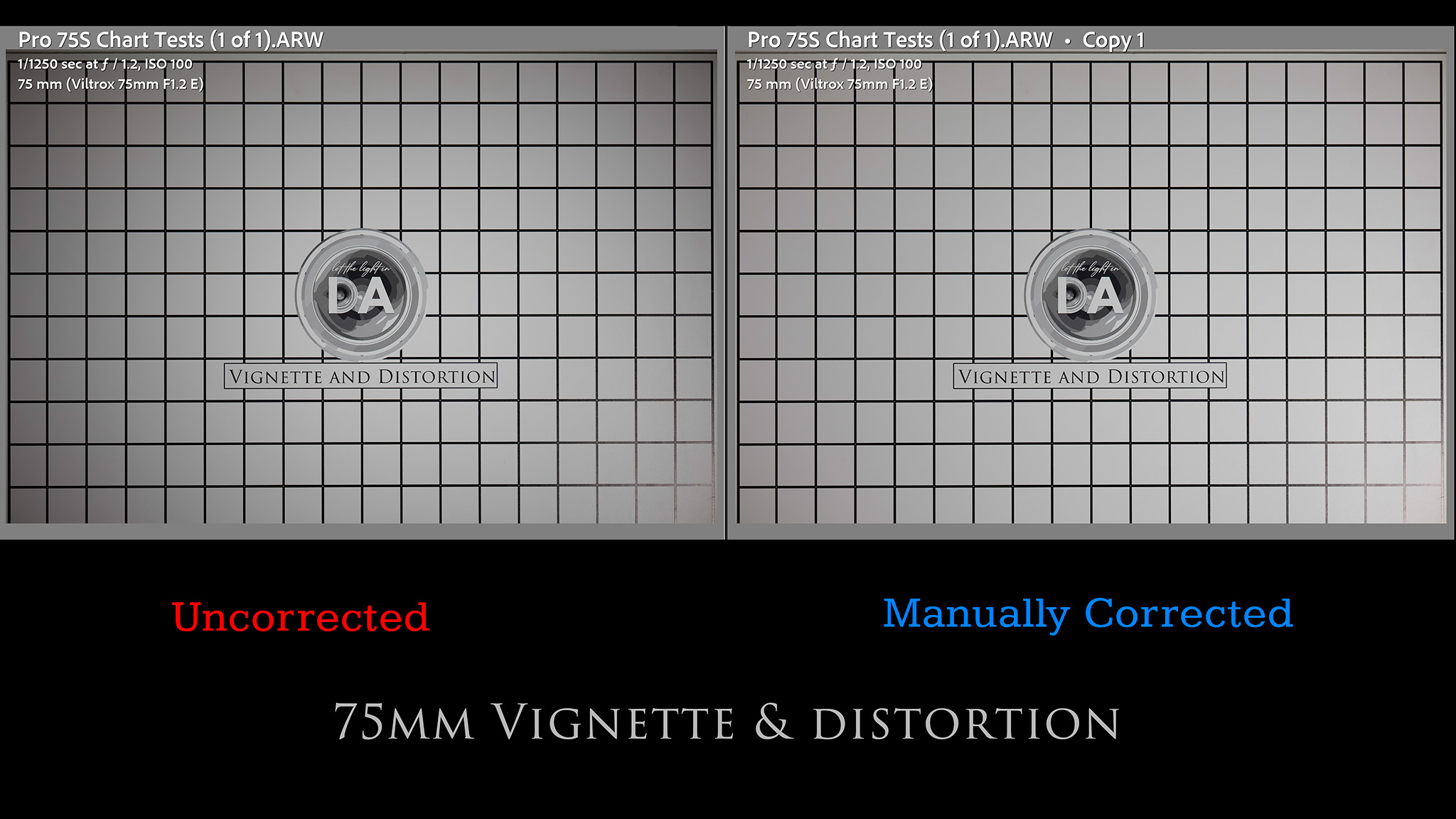
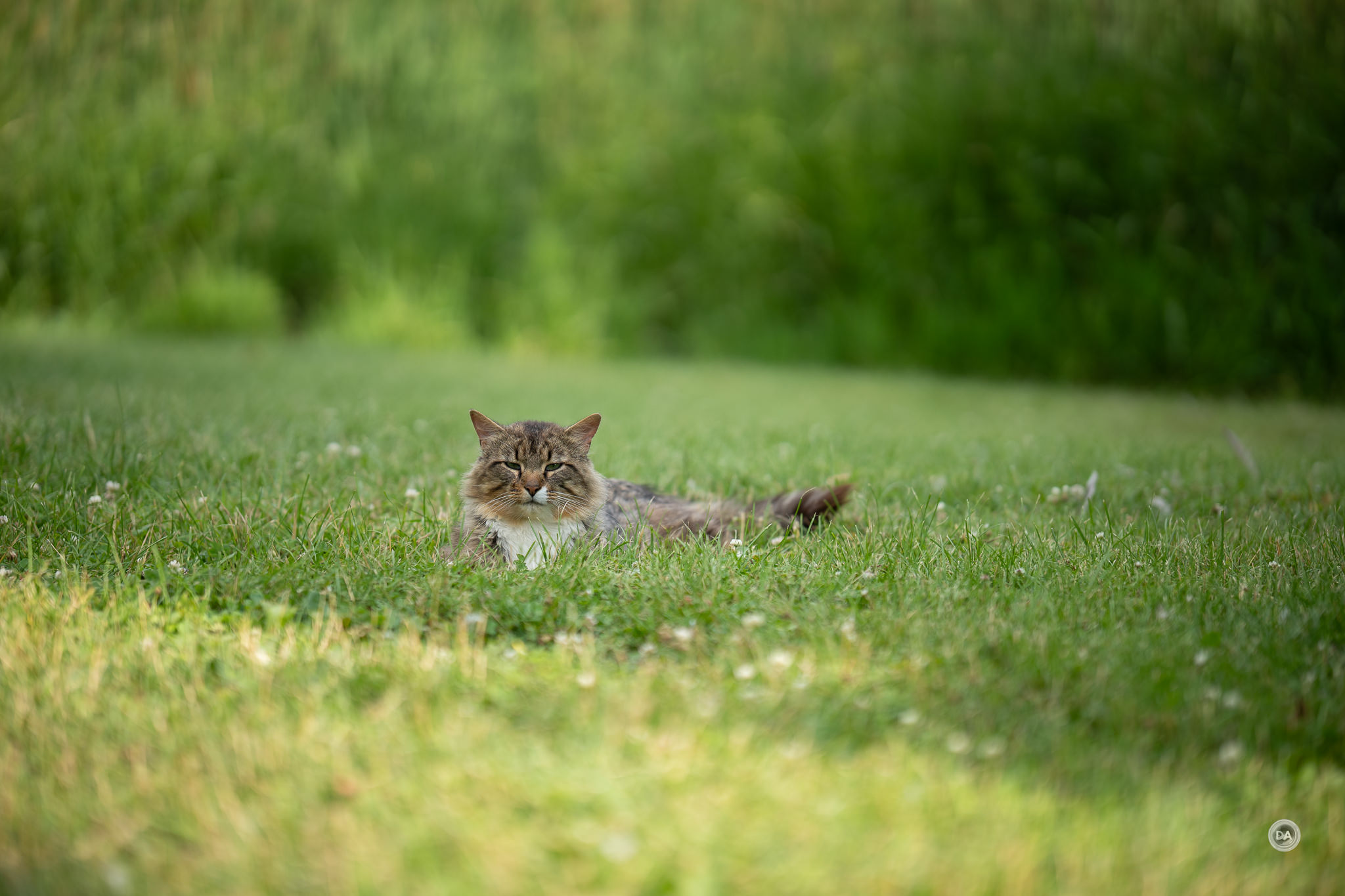




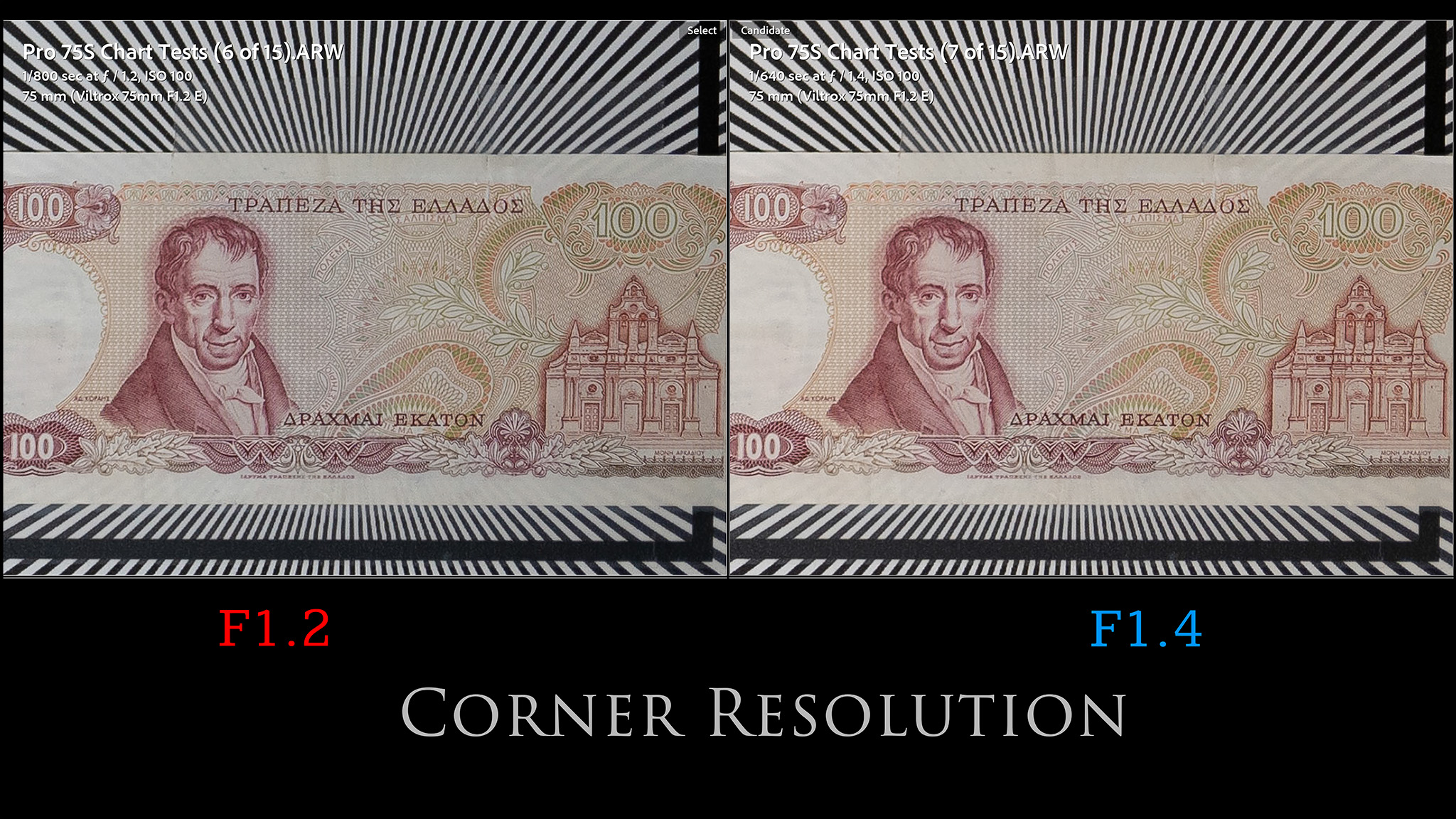
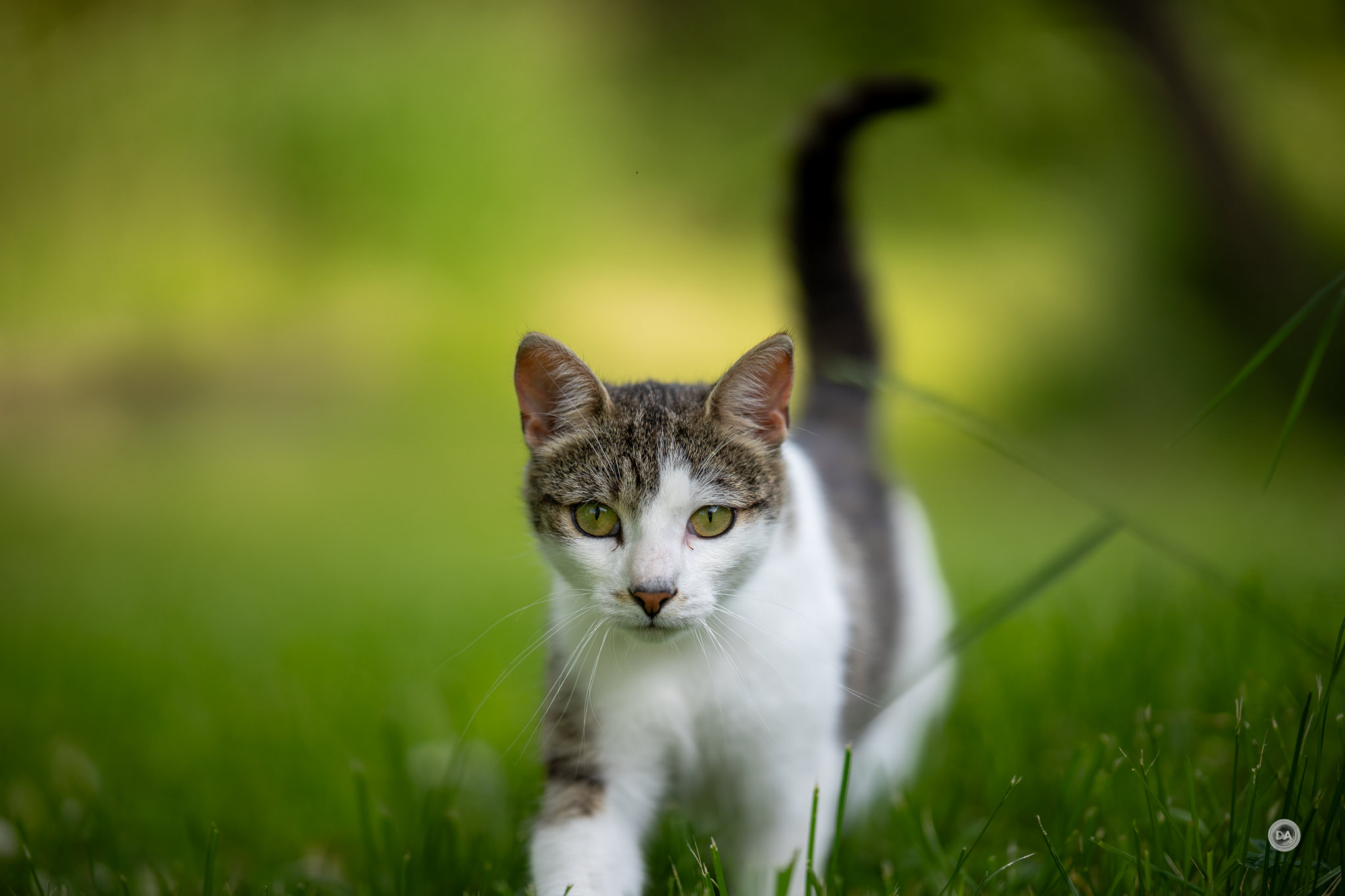
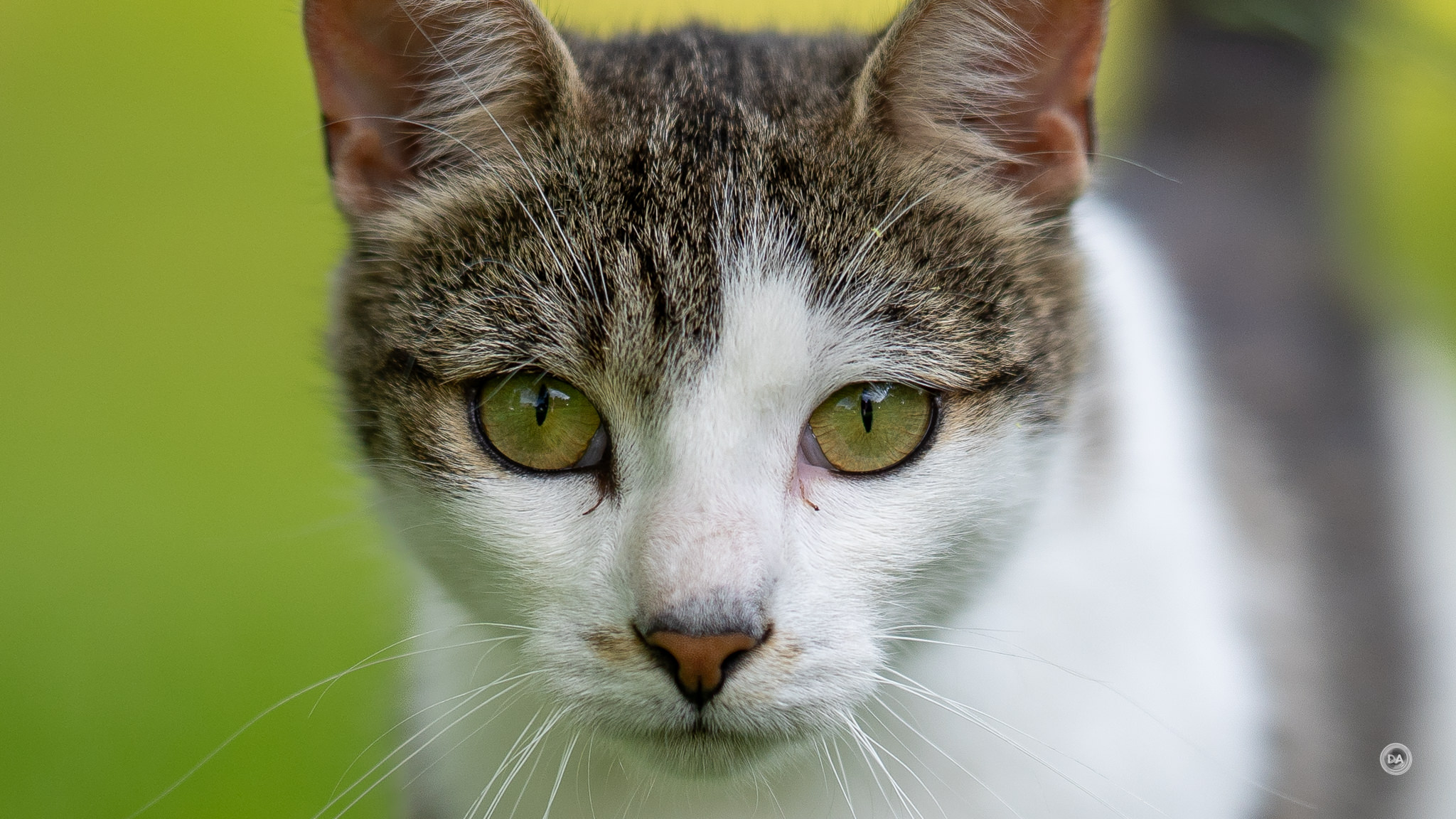
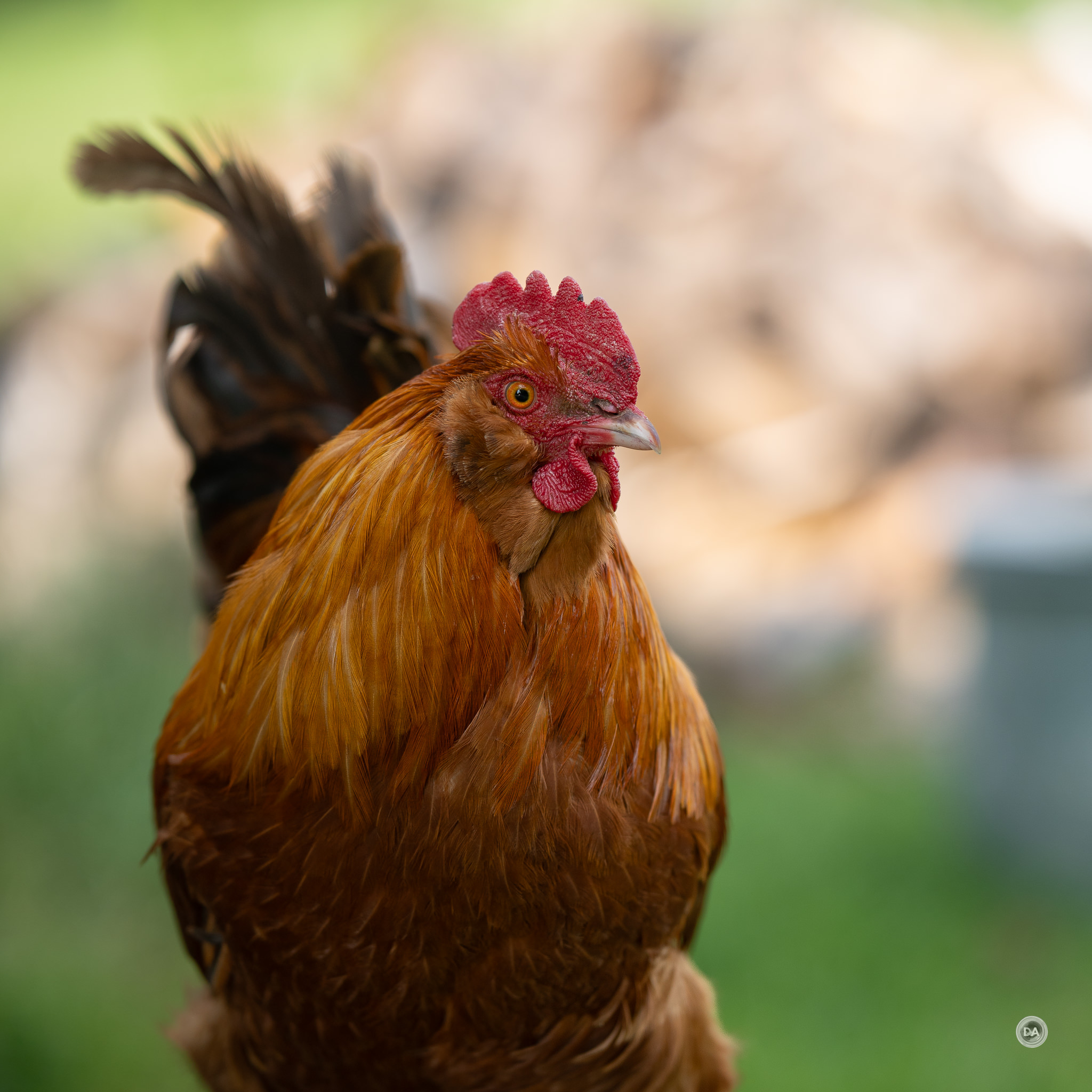

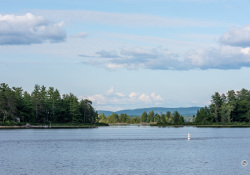




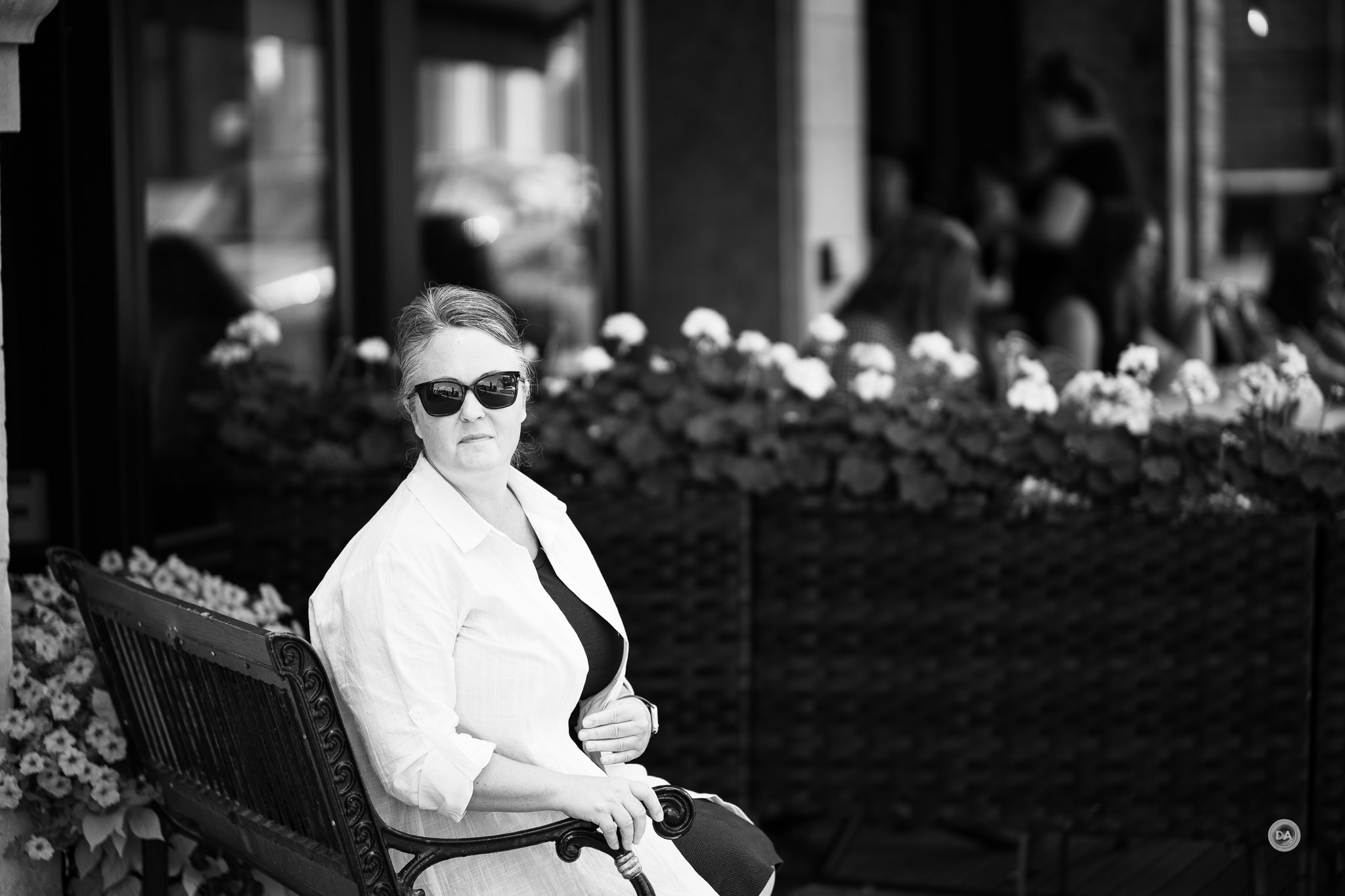
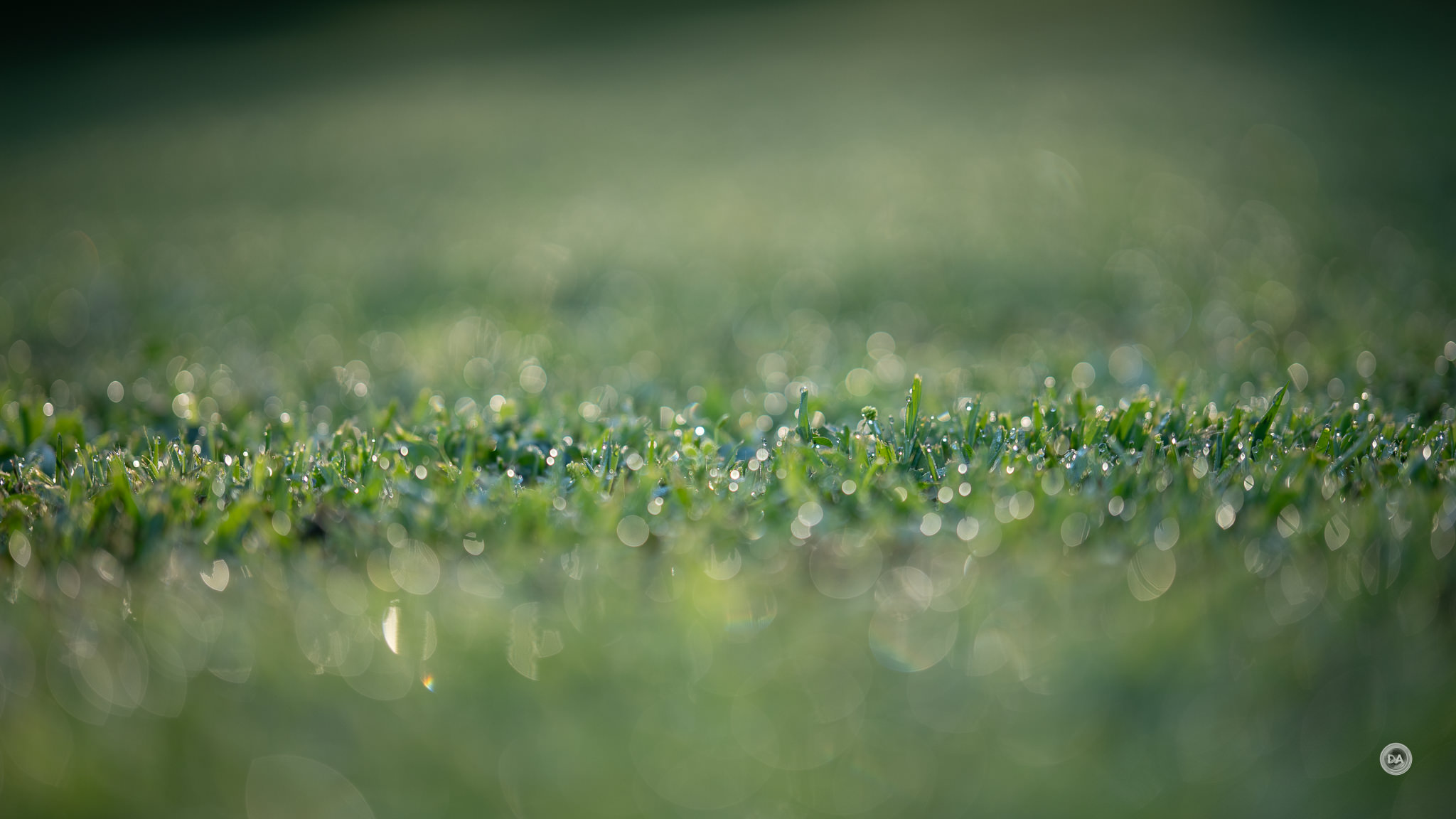
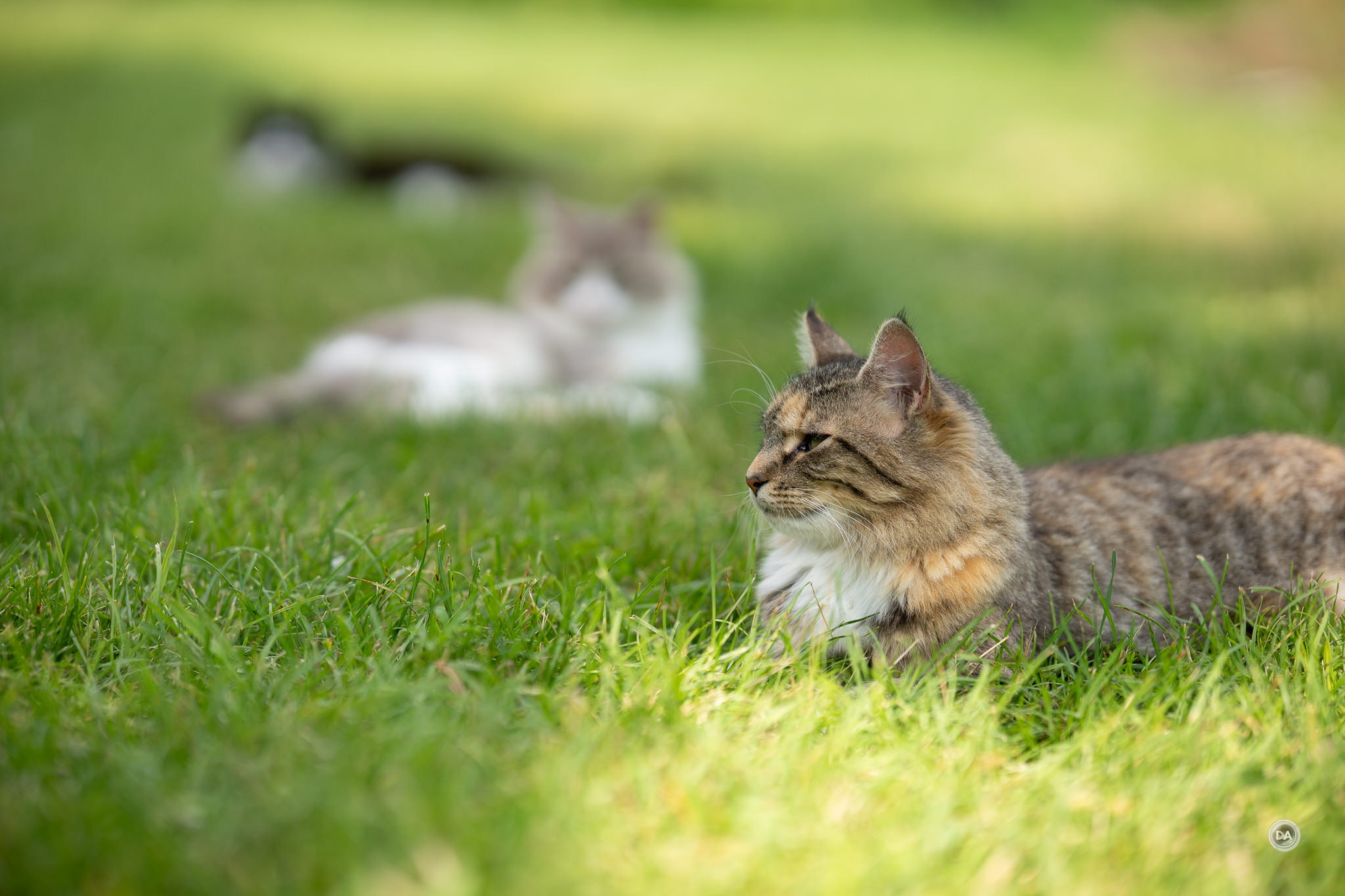


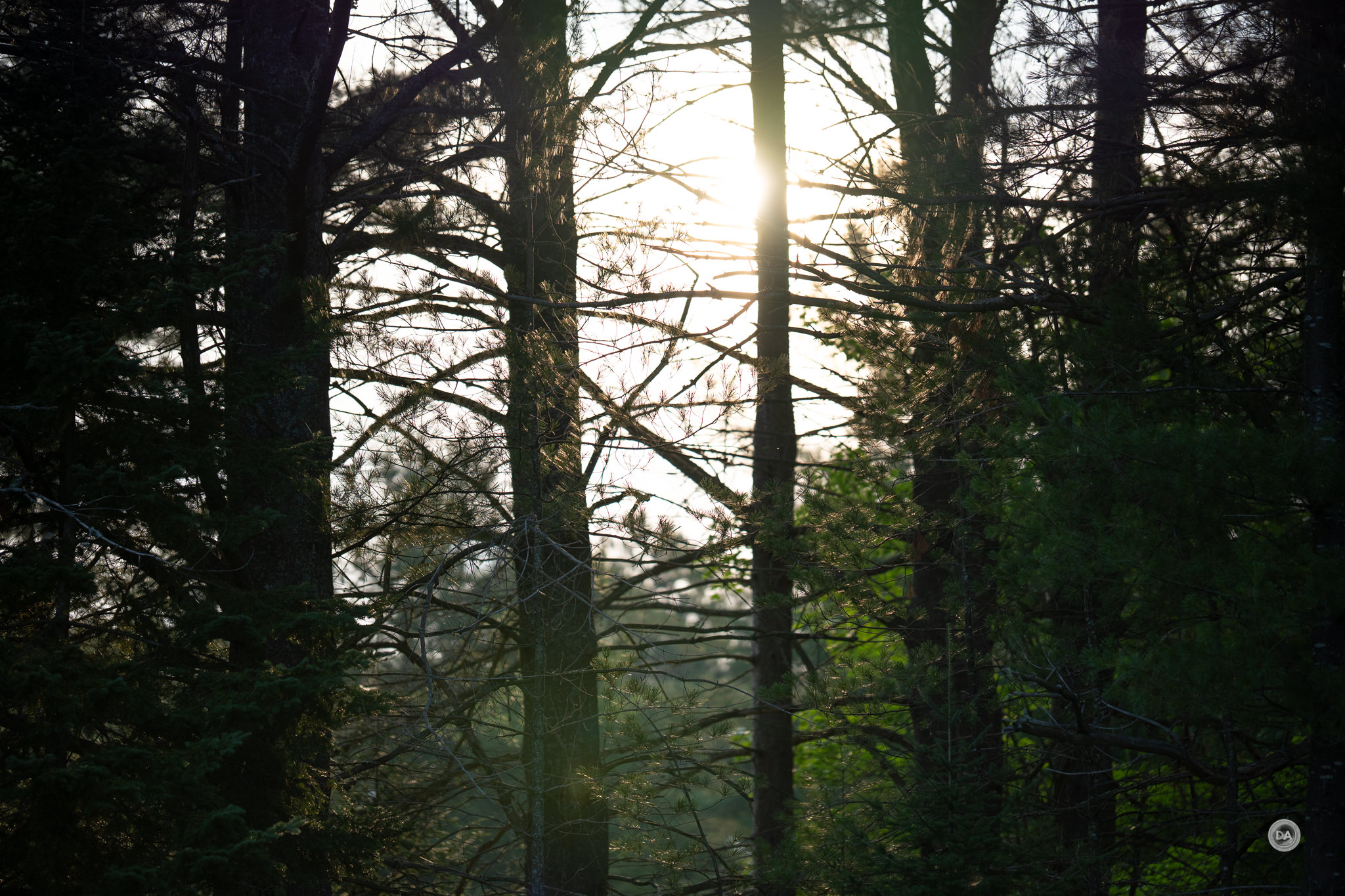



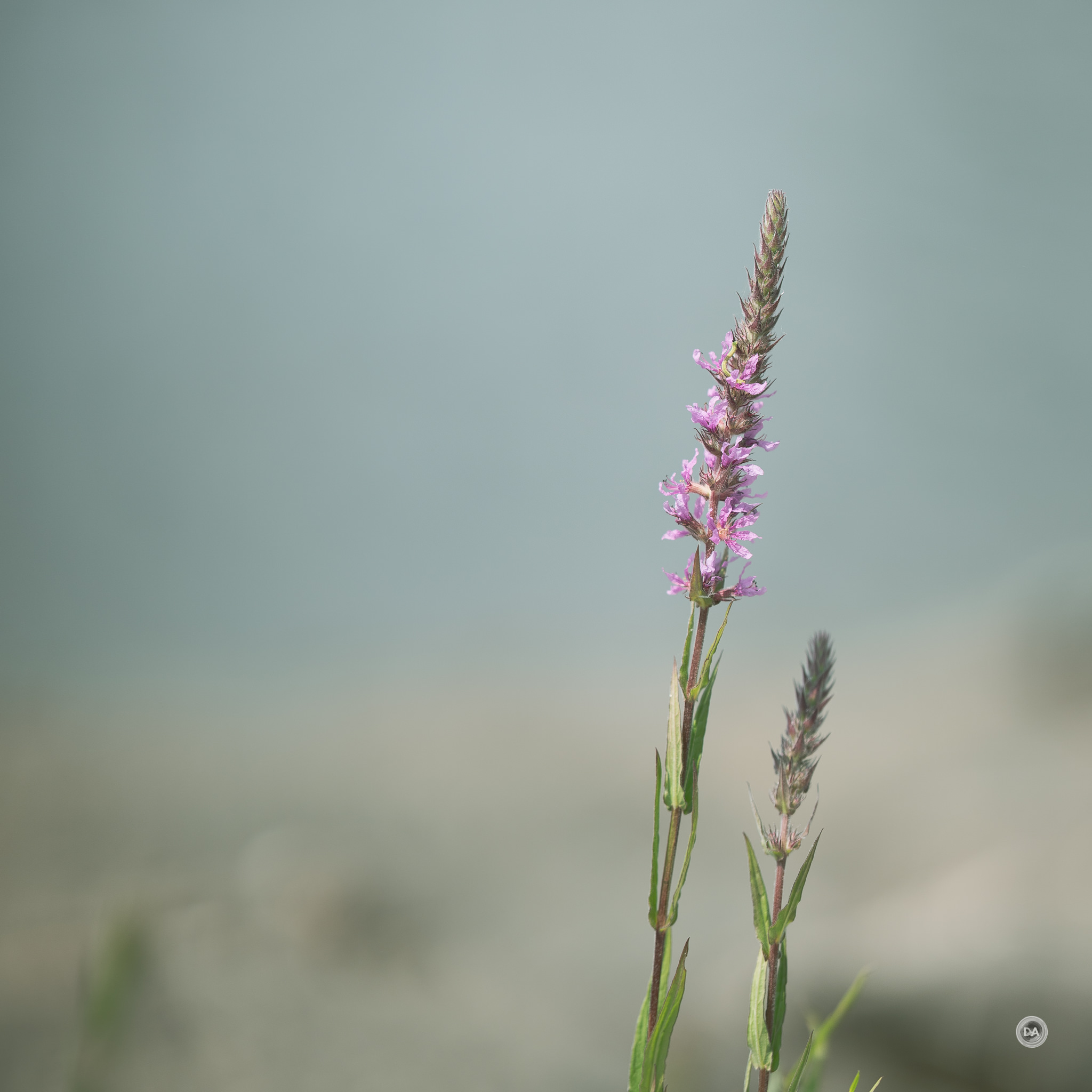

 GOOVIS ART Head Mounted Display Review
GOOVIS ART Head Mounted Display Review  Laowa AF 12mm F2.8 Zero D Review (Z-Mount)
Laowa AF 12mm F2.8 Zero D Review (Z-Mount)  Nikkor Z 35mm F1.2 S Review
Nikkor Z 35mm F1.2 S Review  Kase AF 85mm F1.4 Review
Kase AF 85mm F1.4 Review 



3 thoughts on “Viltrox Pro AF 75mm F1.2 E-Mount Review”